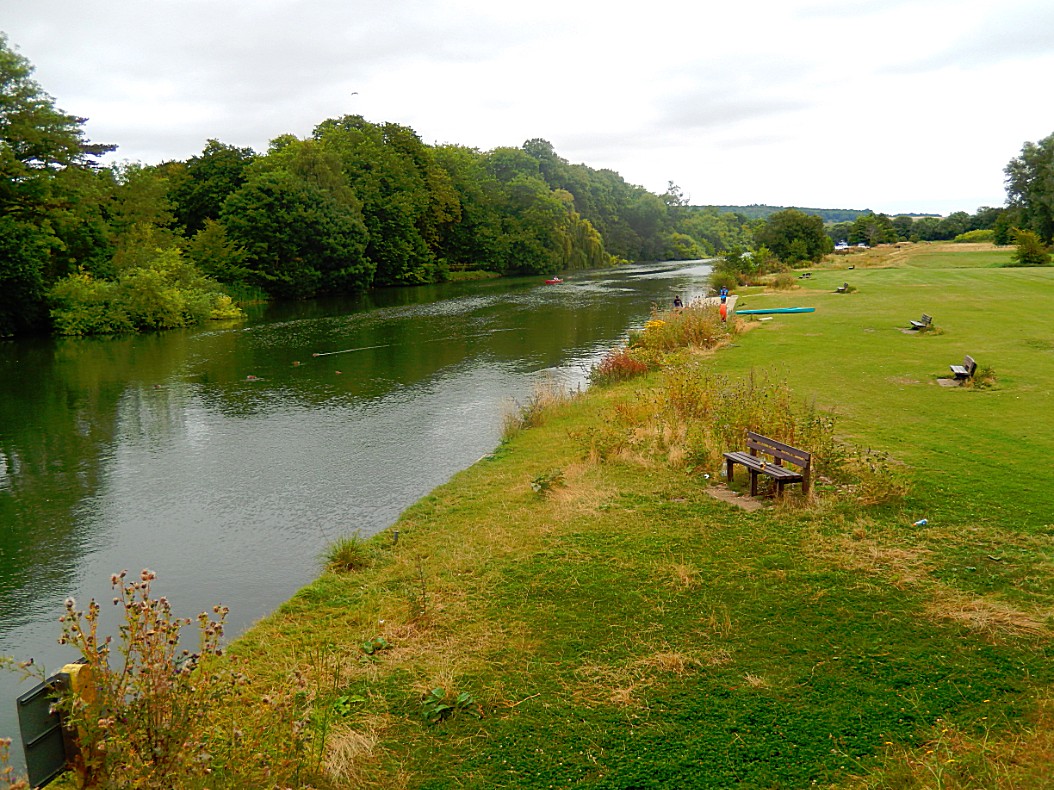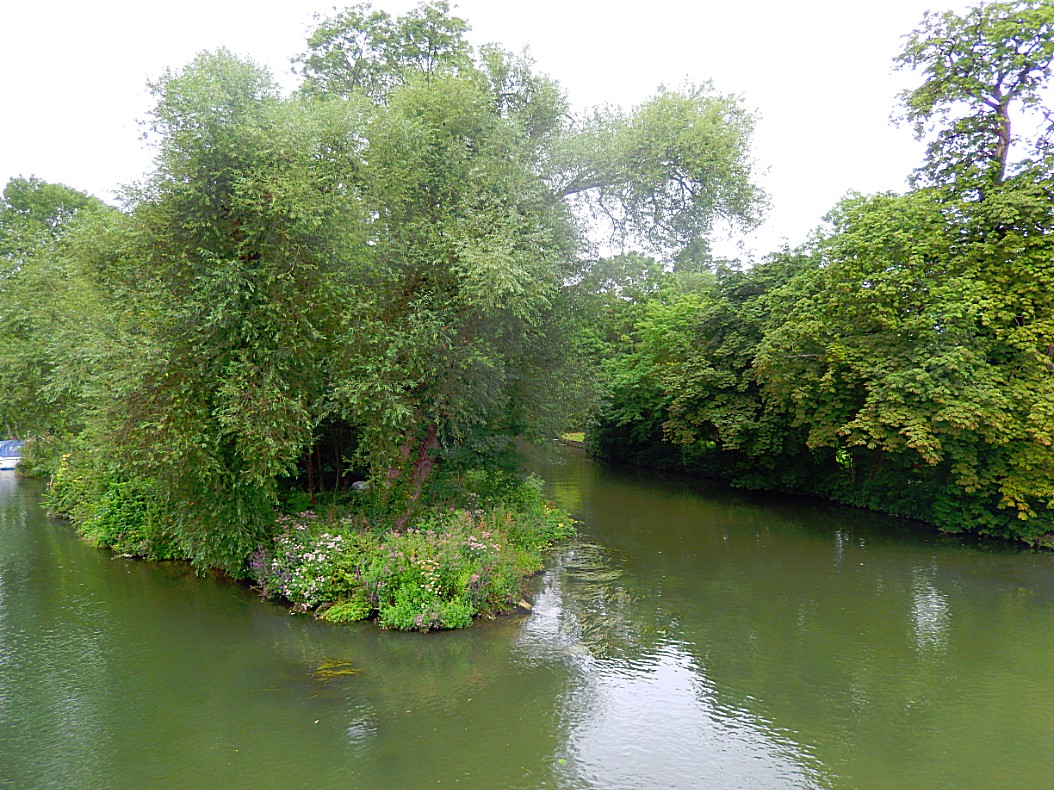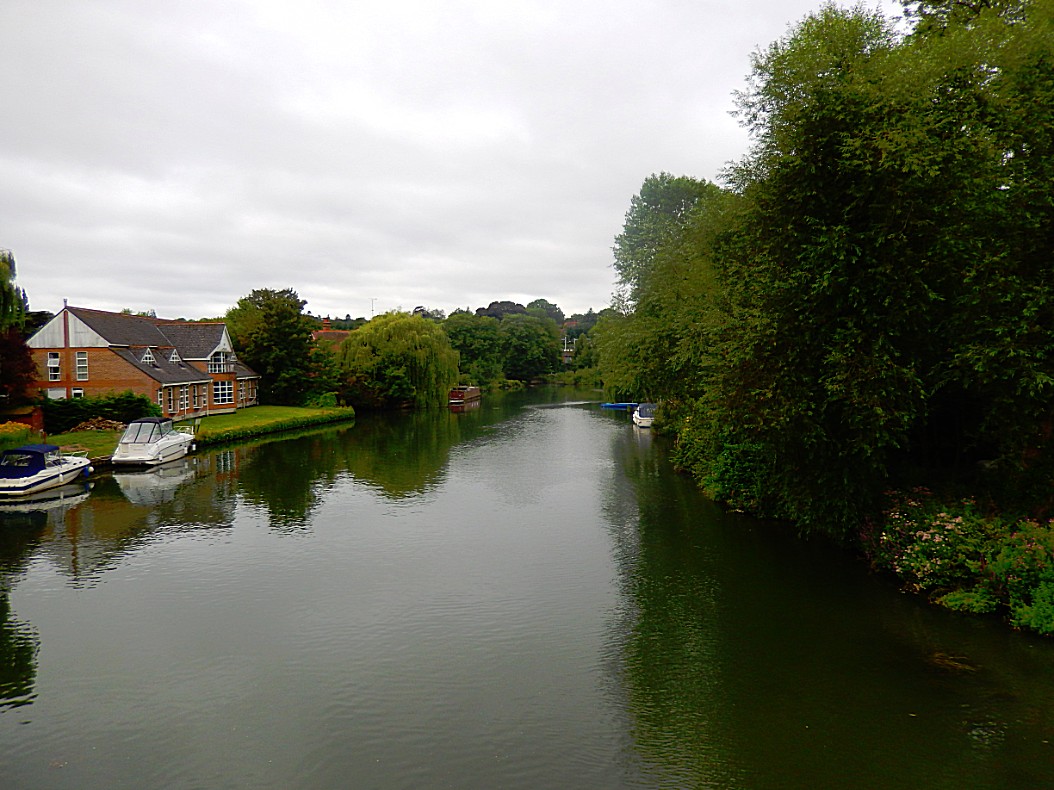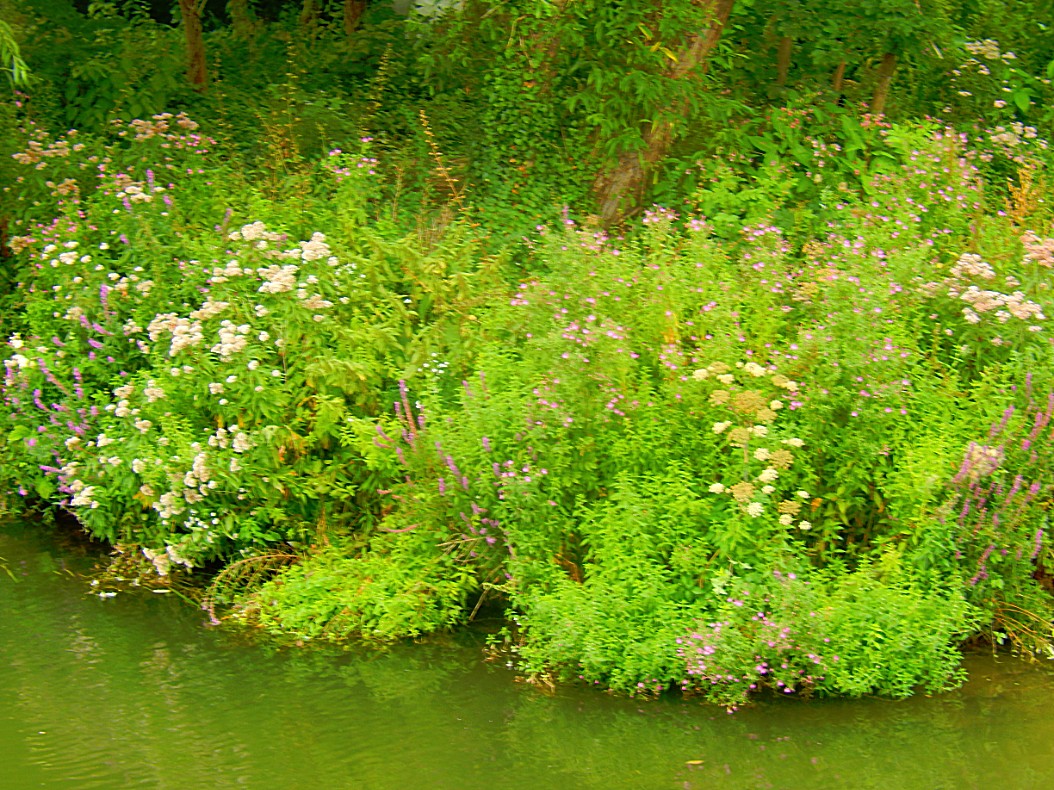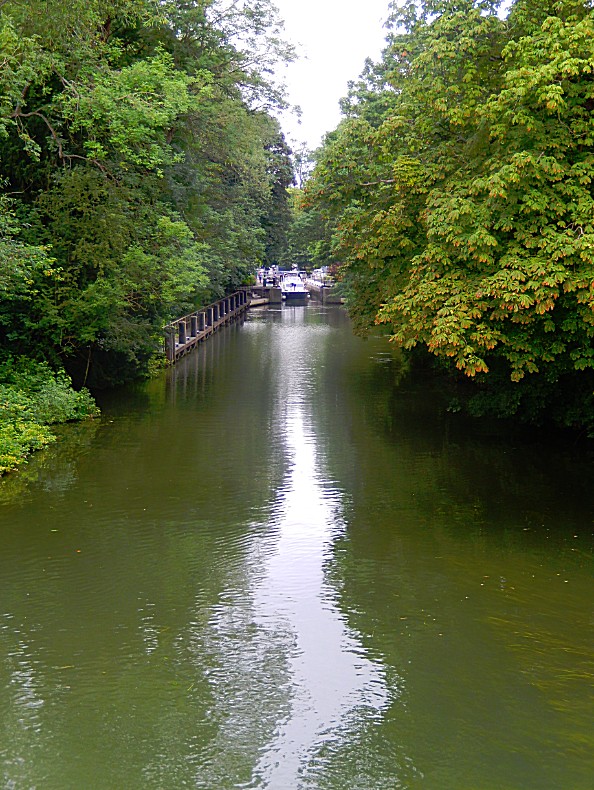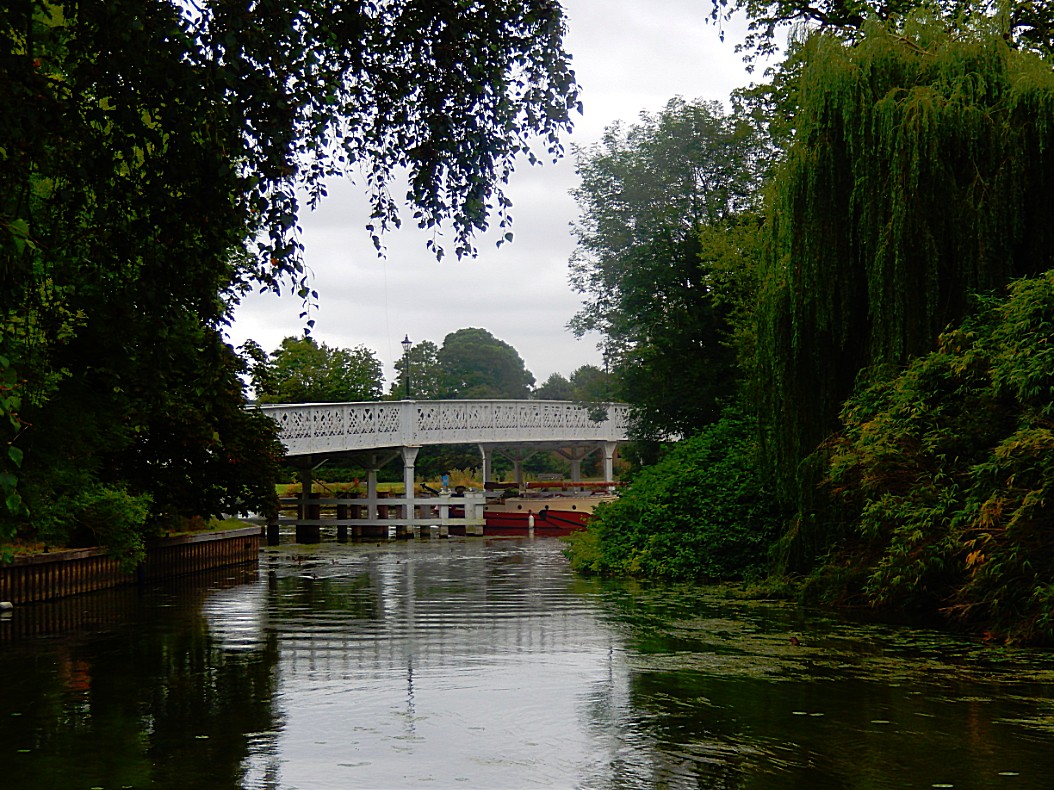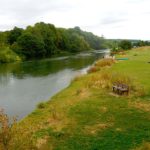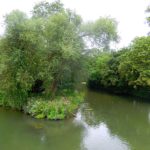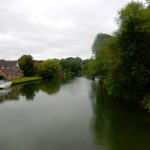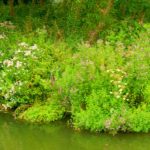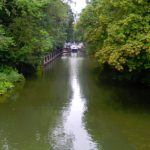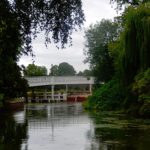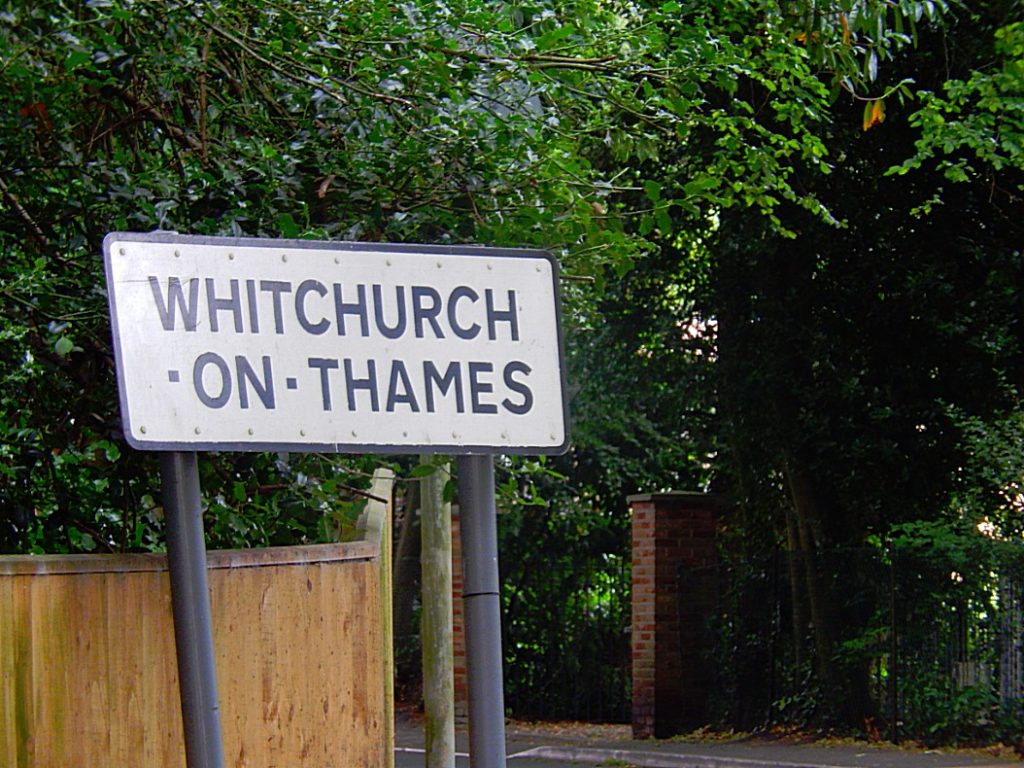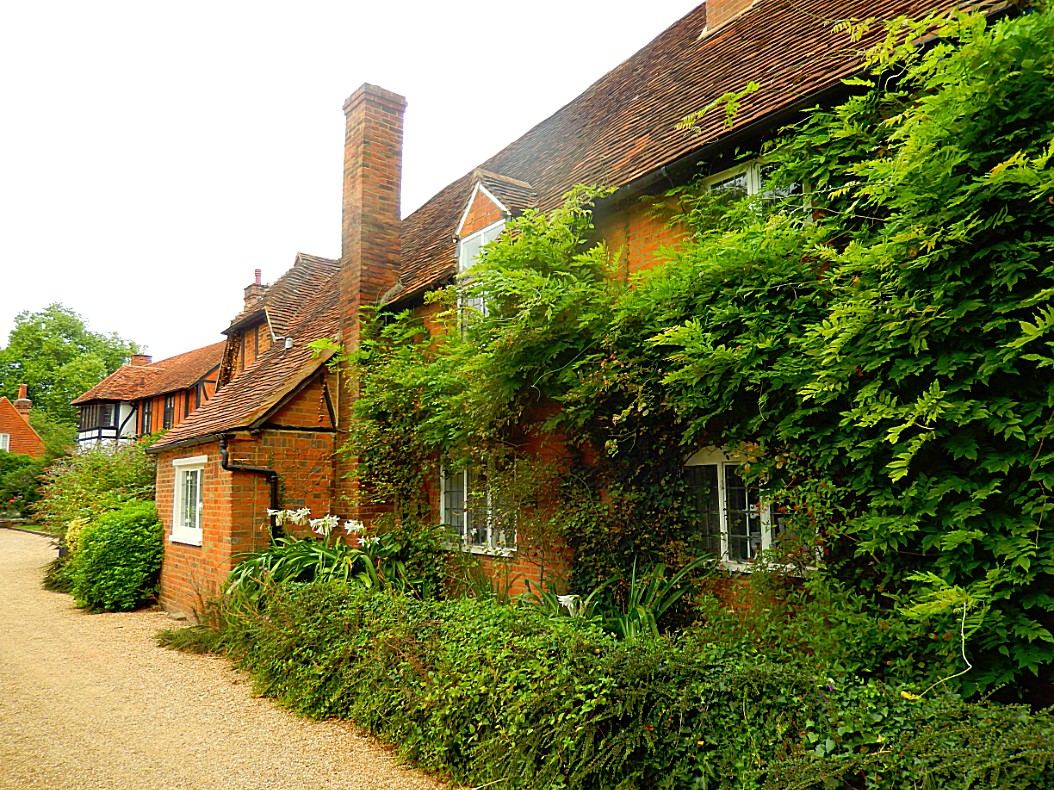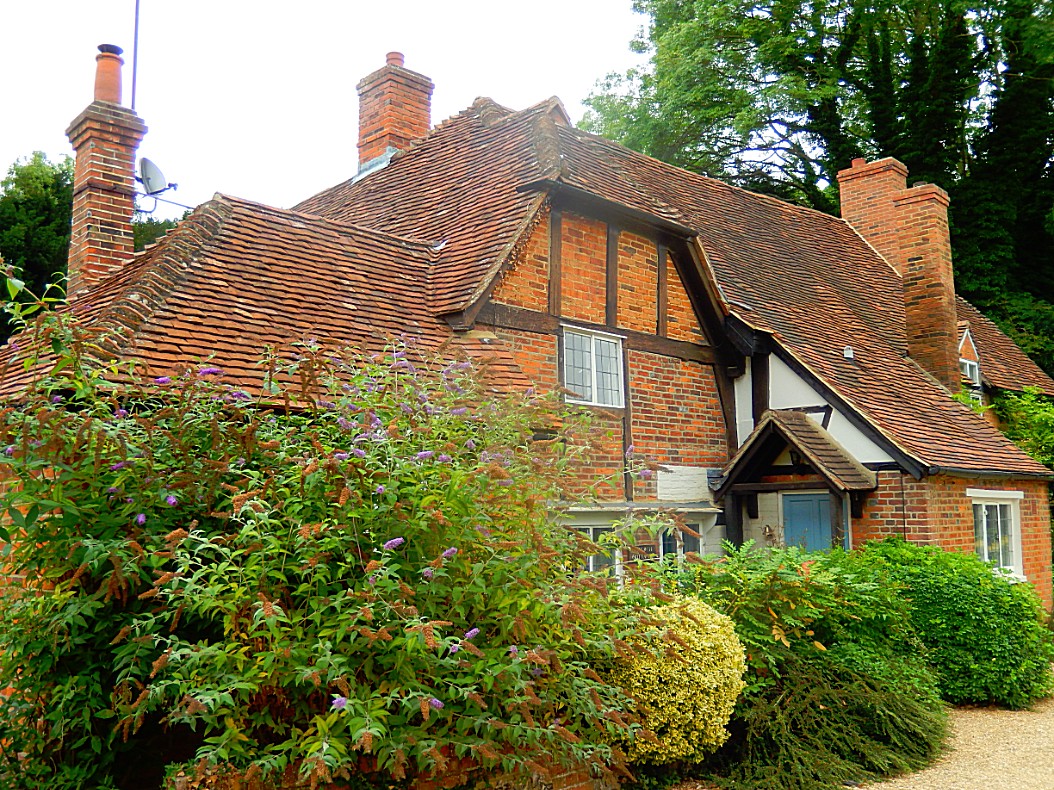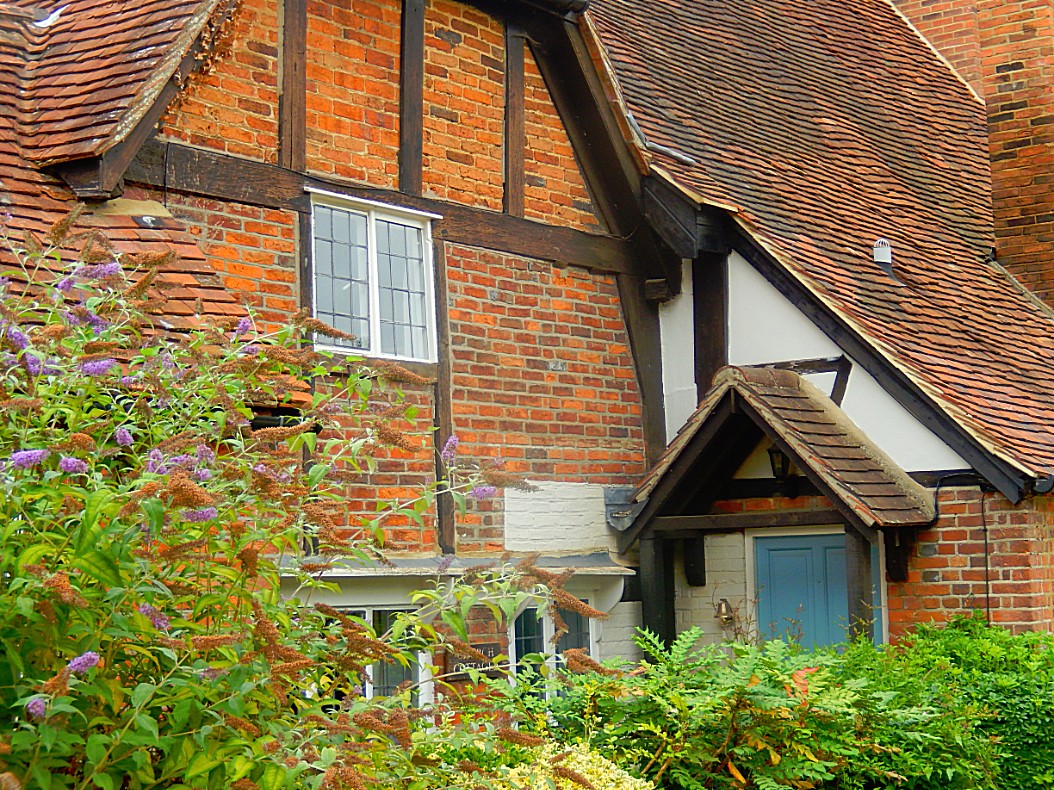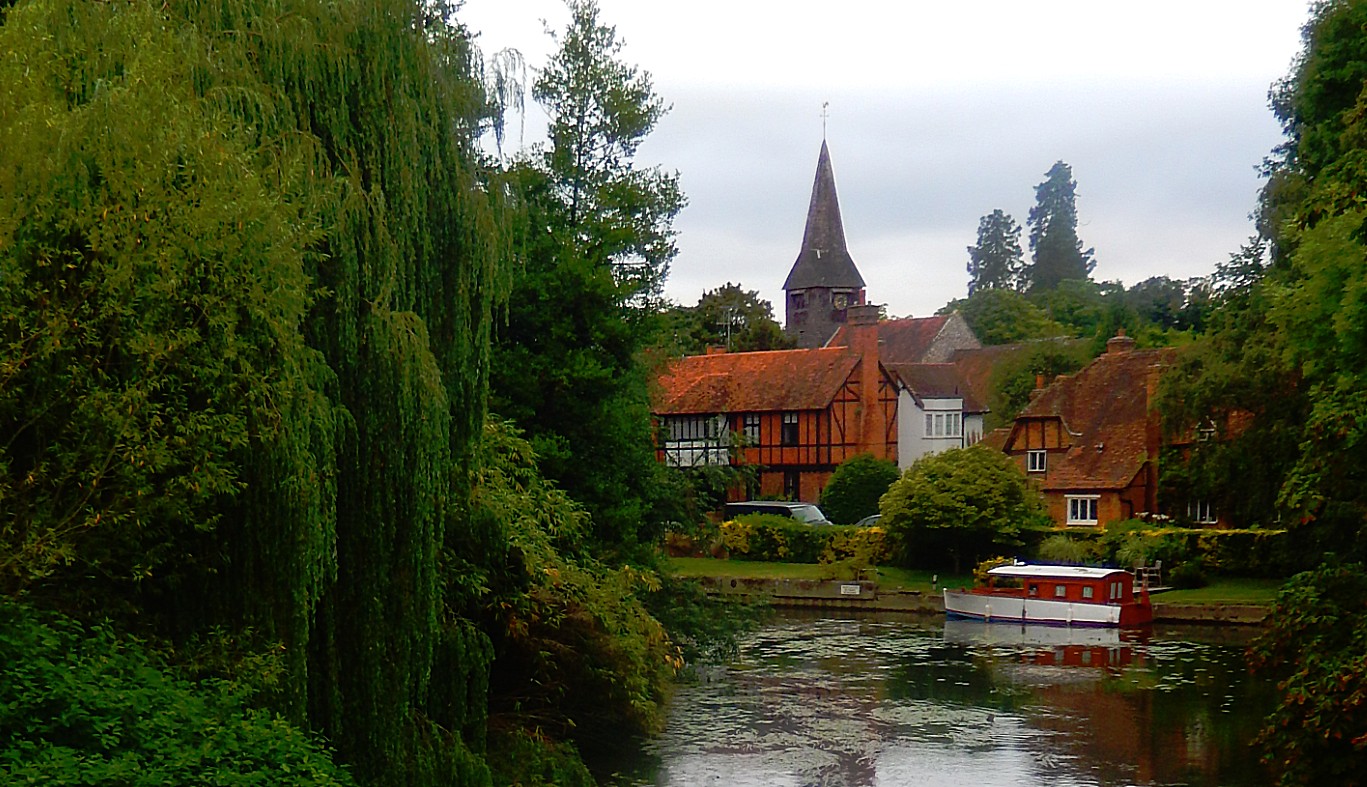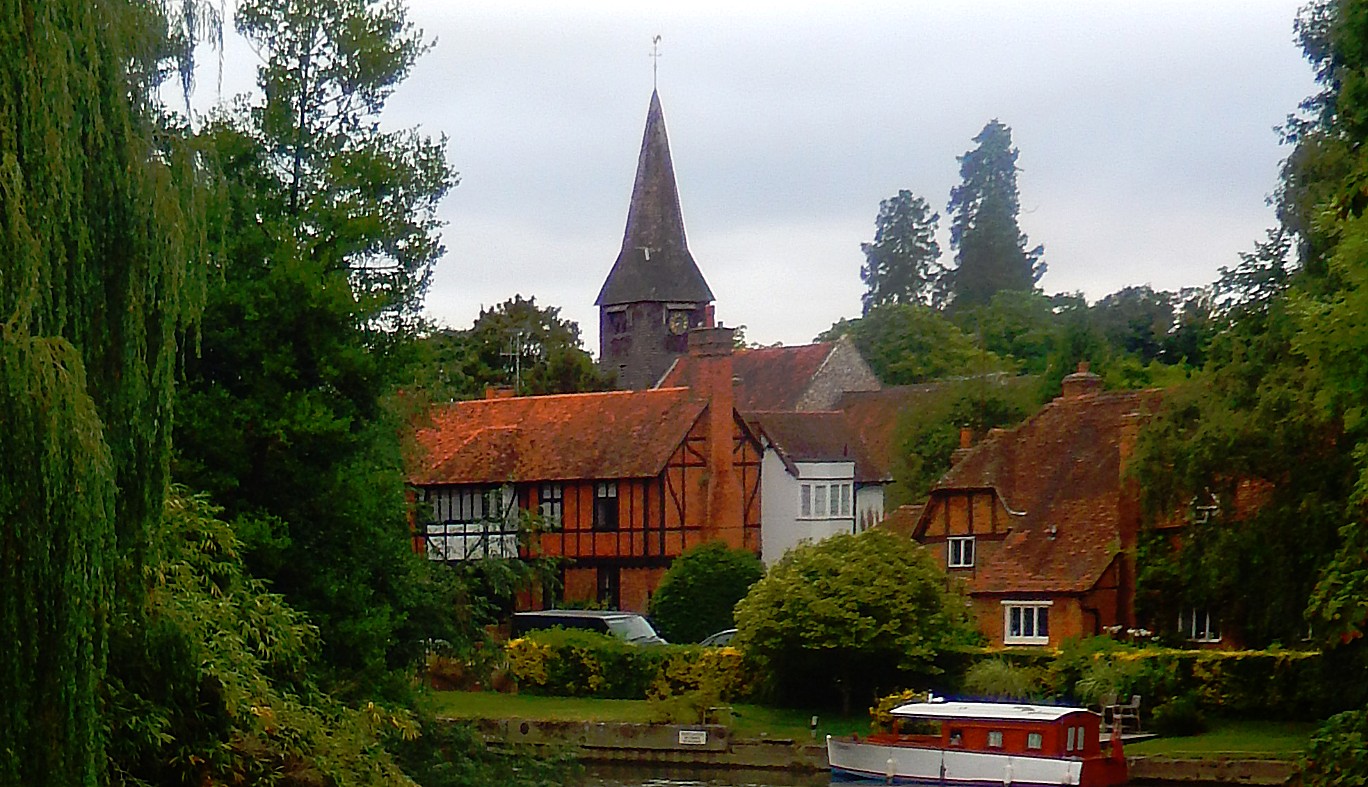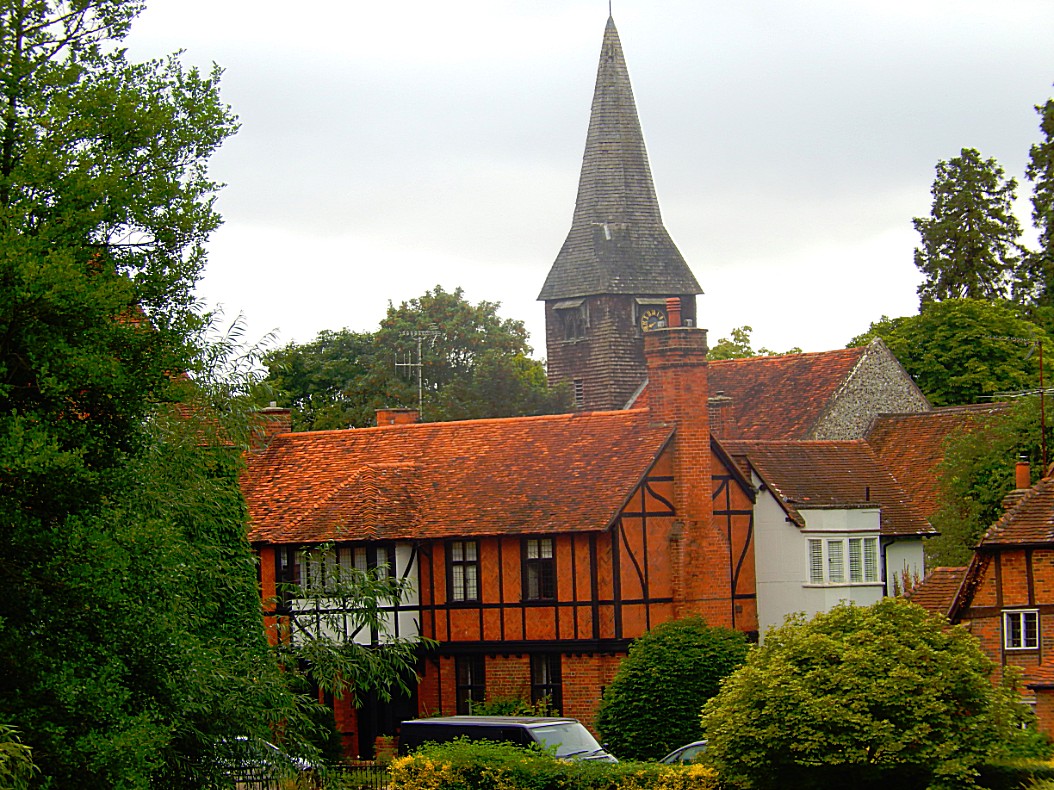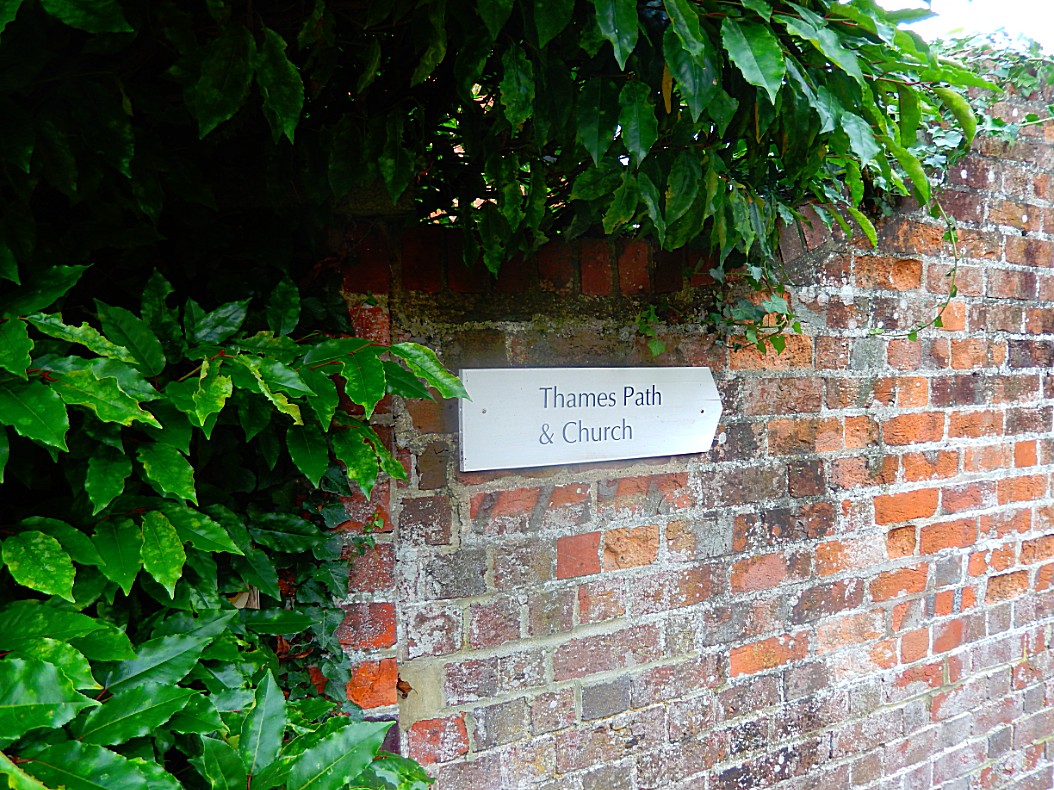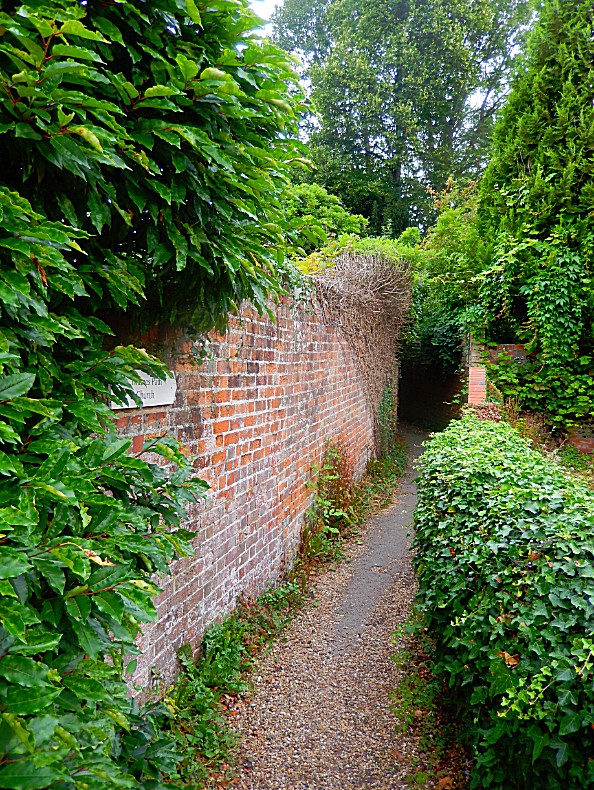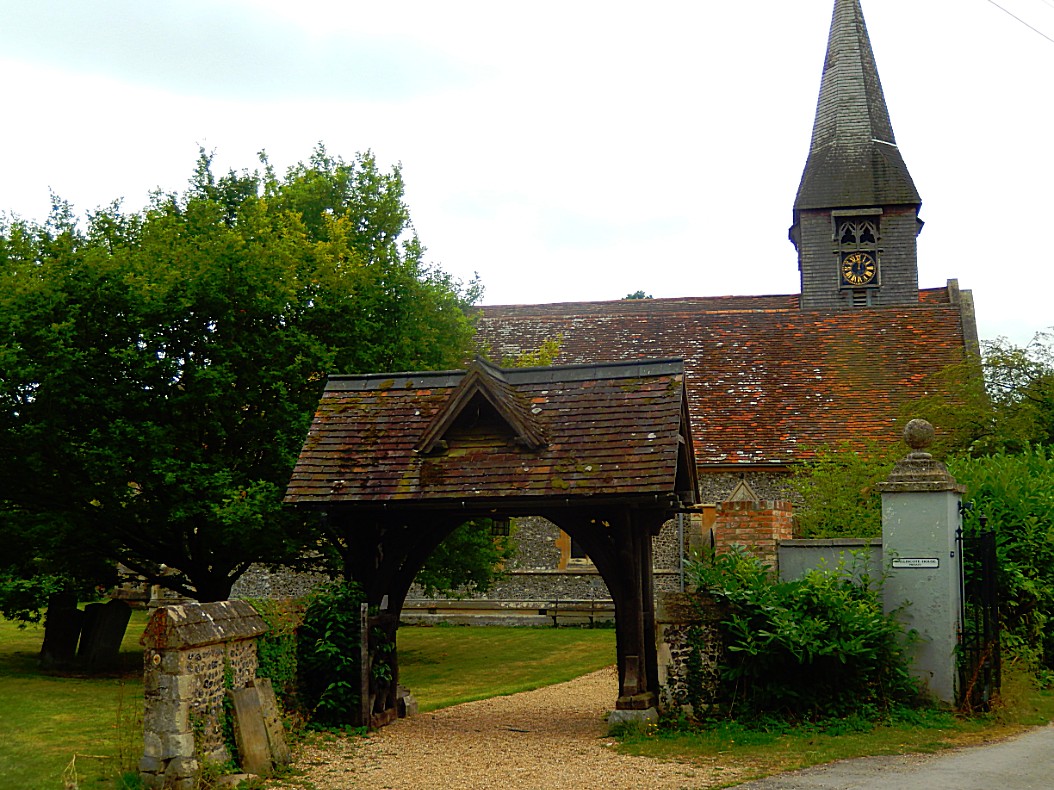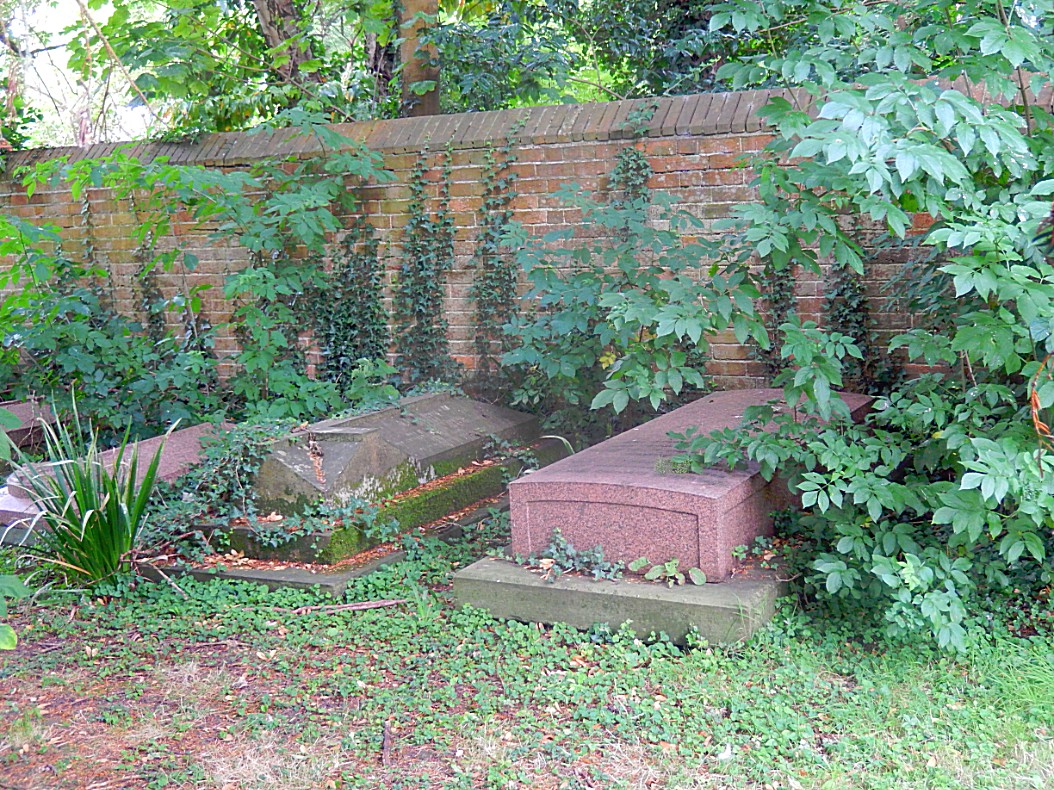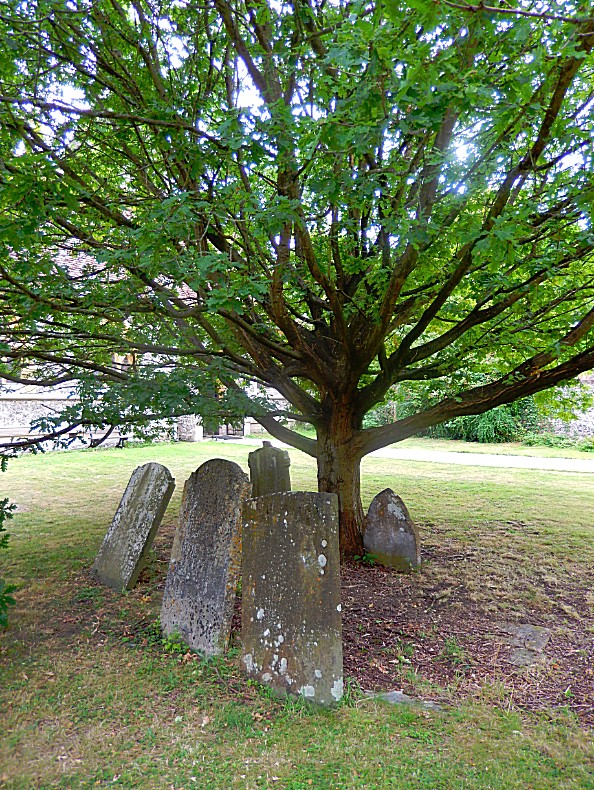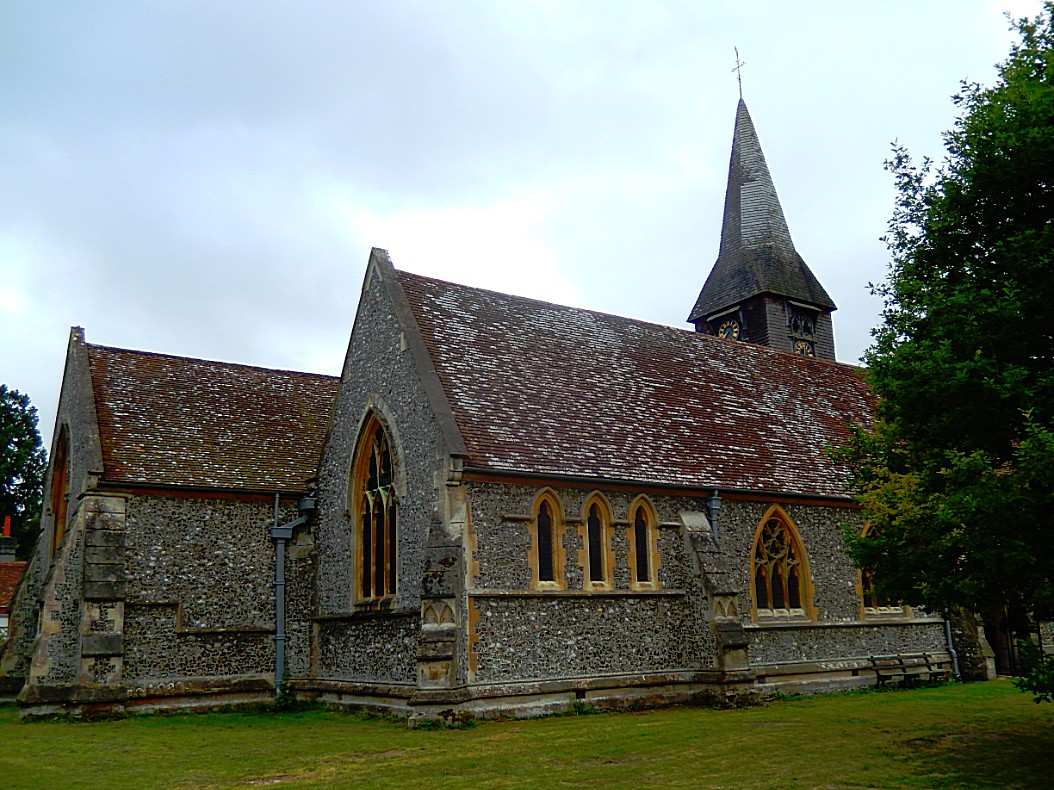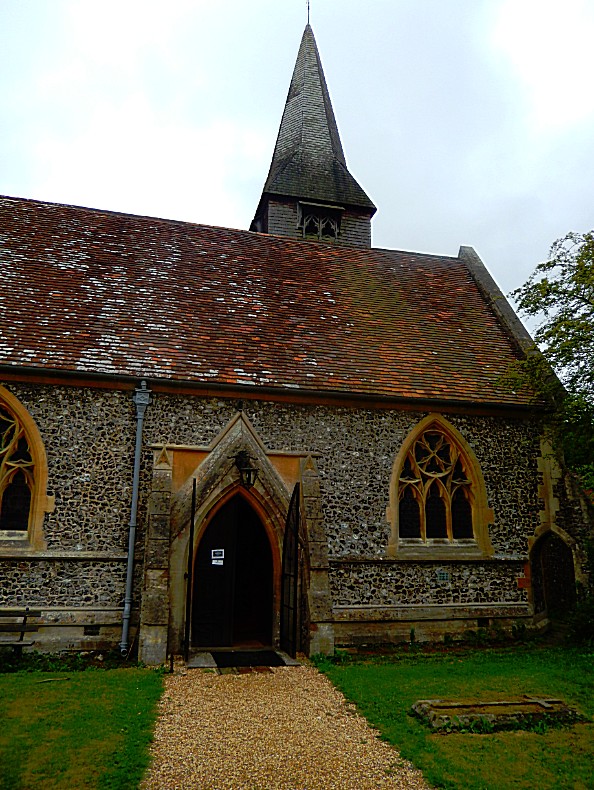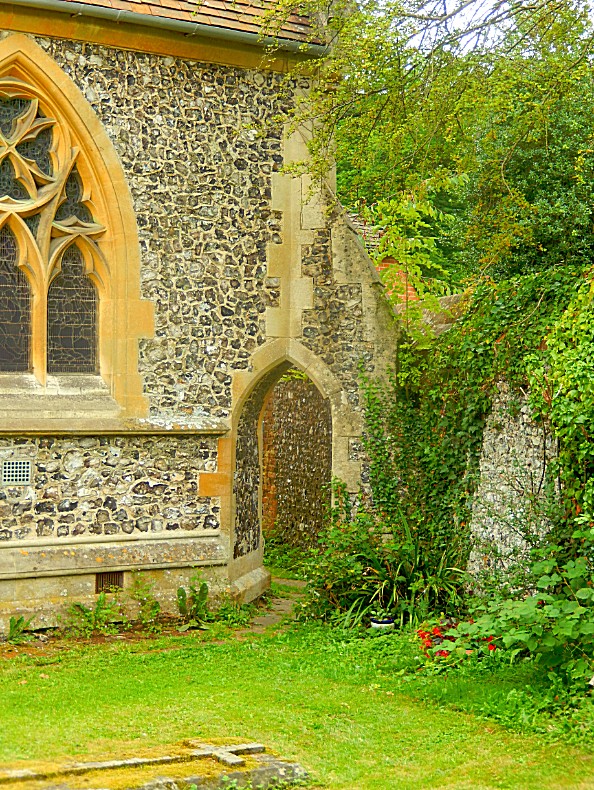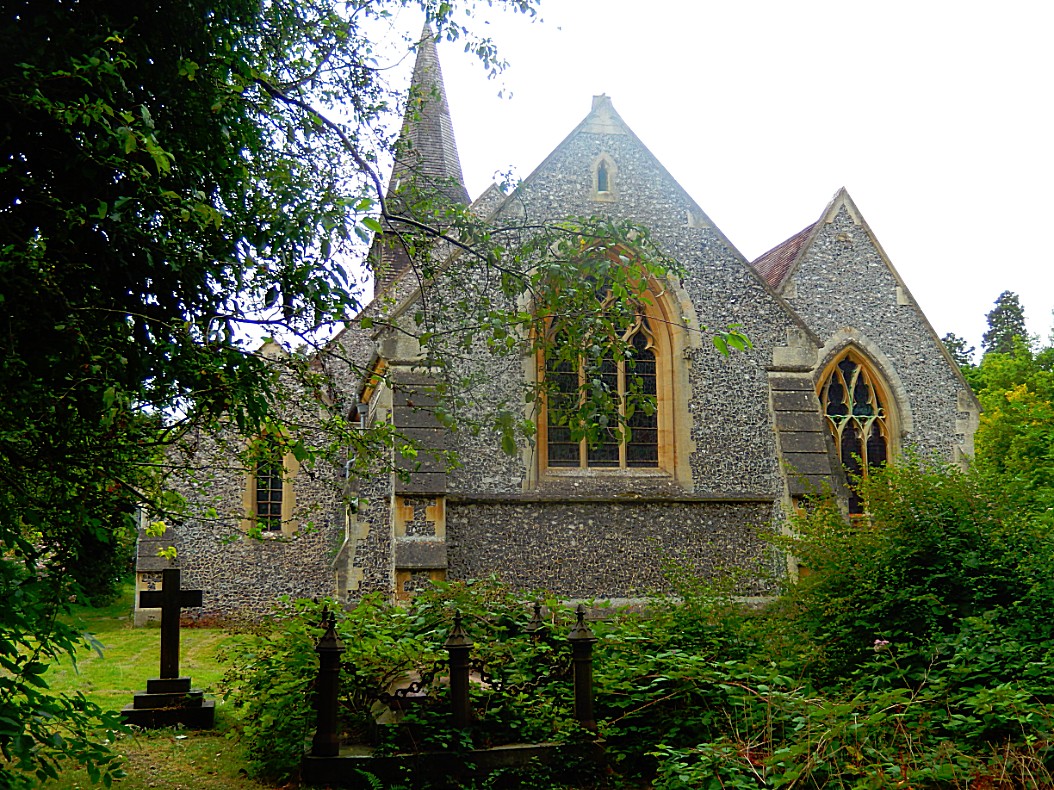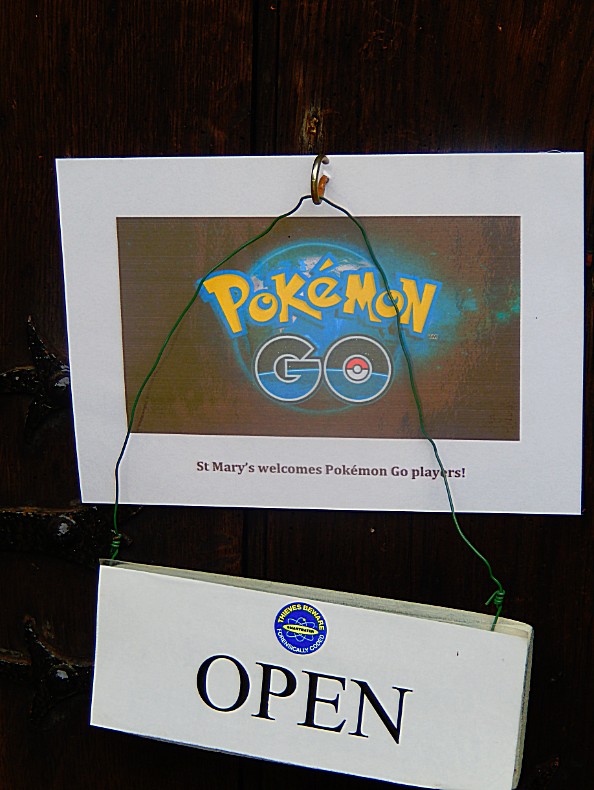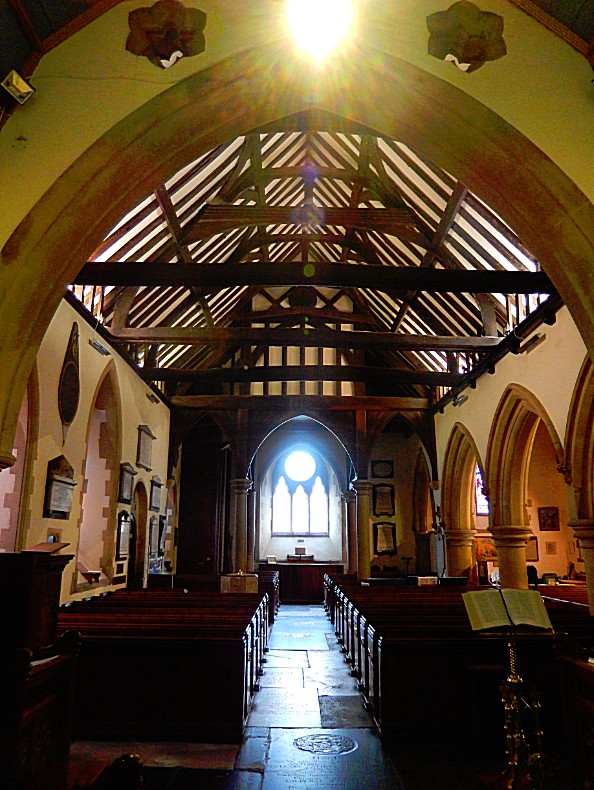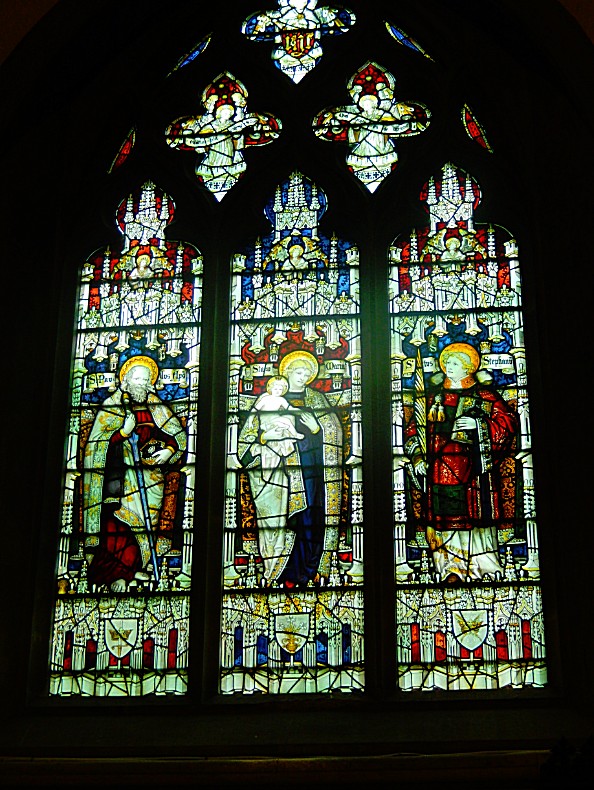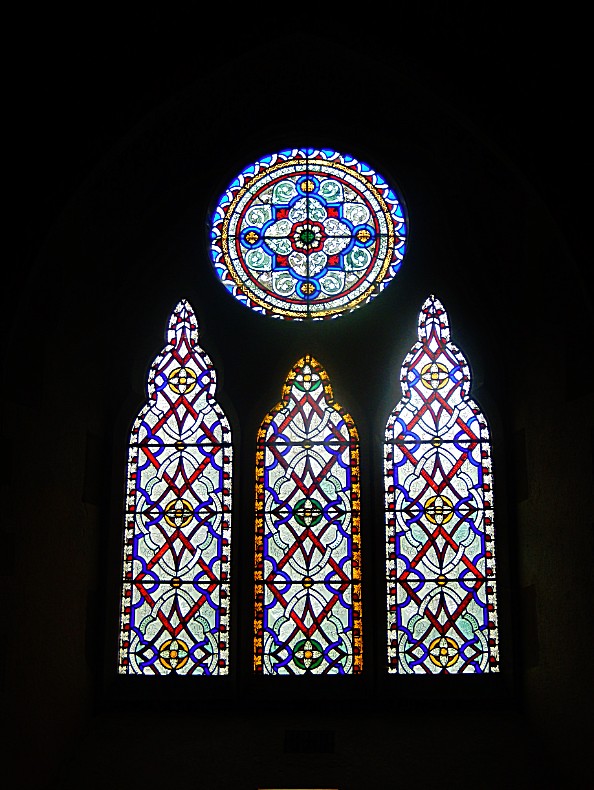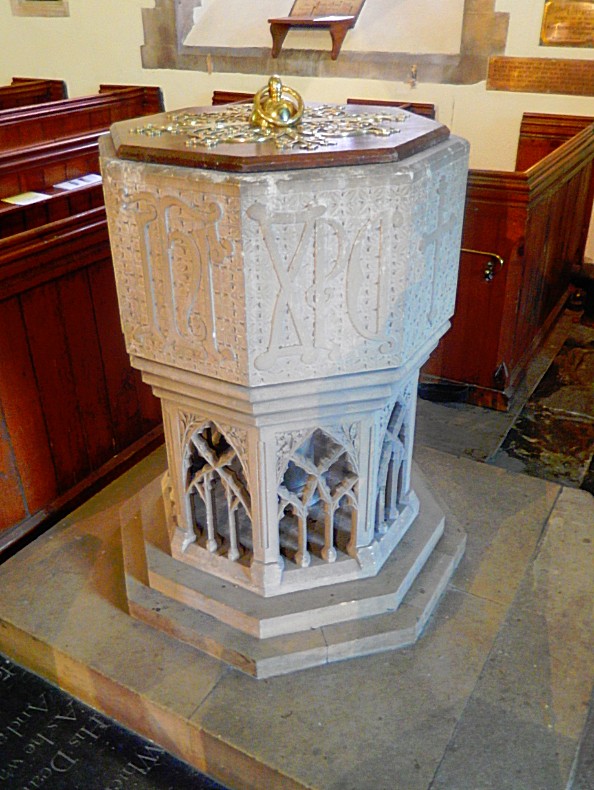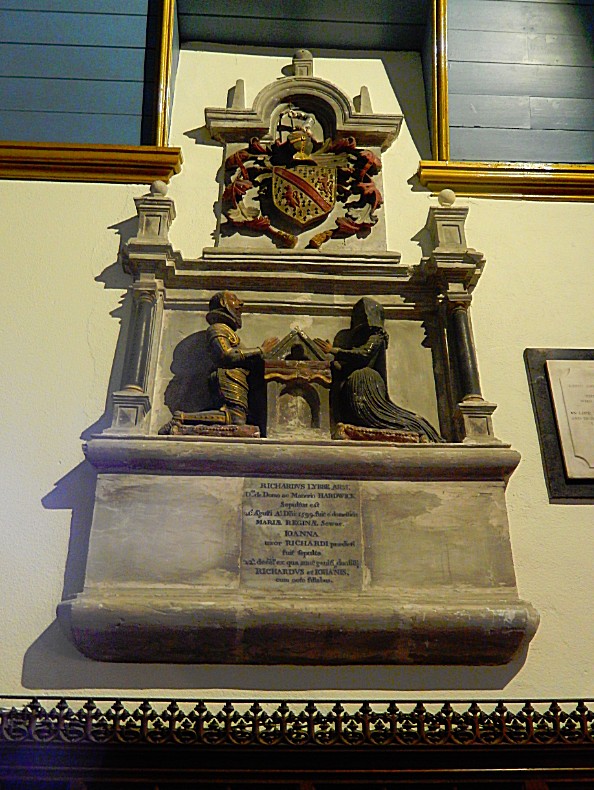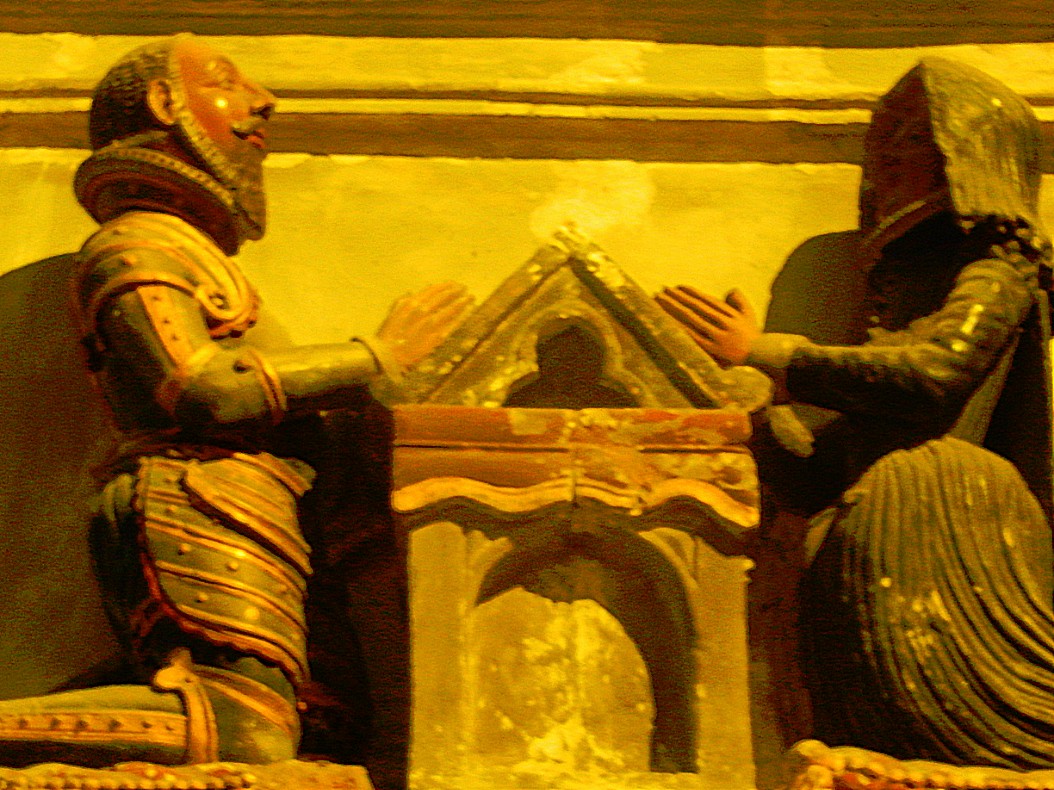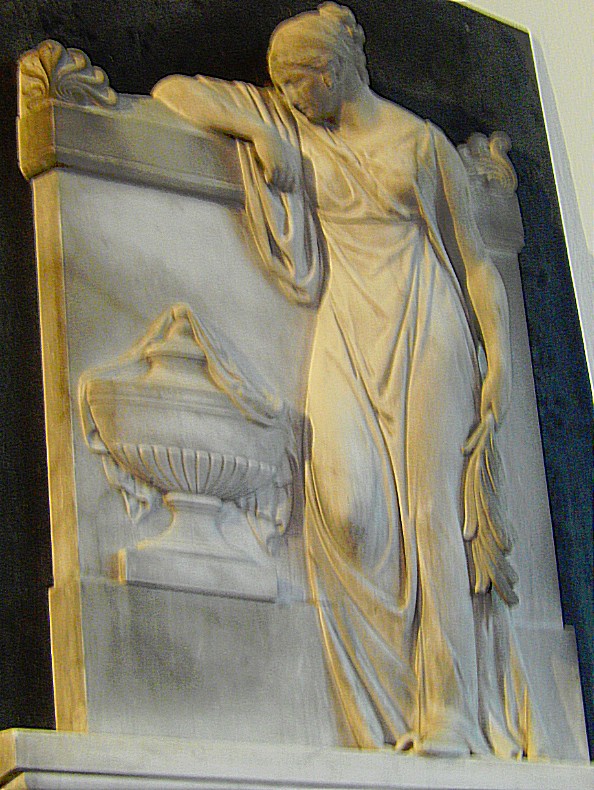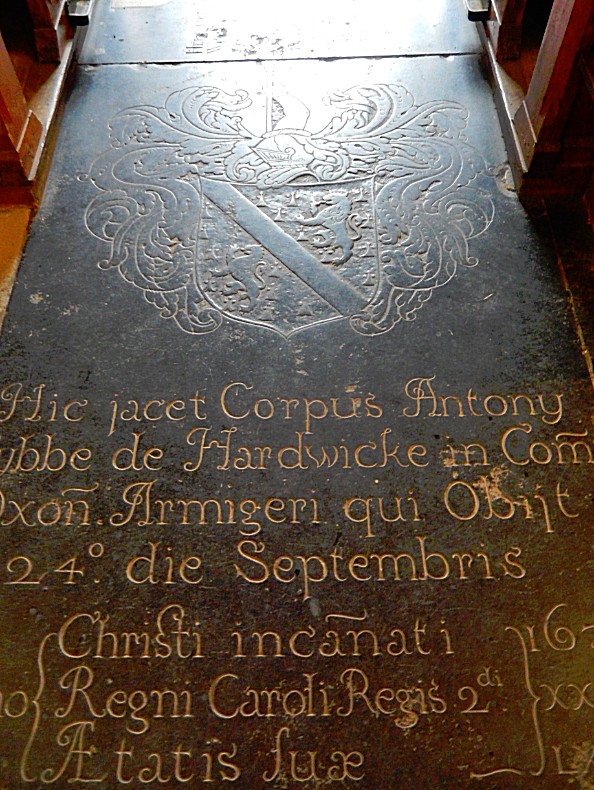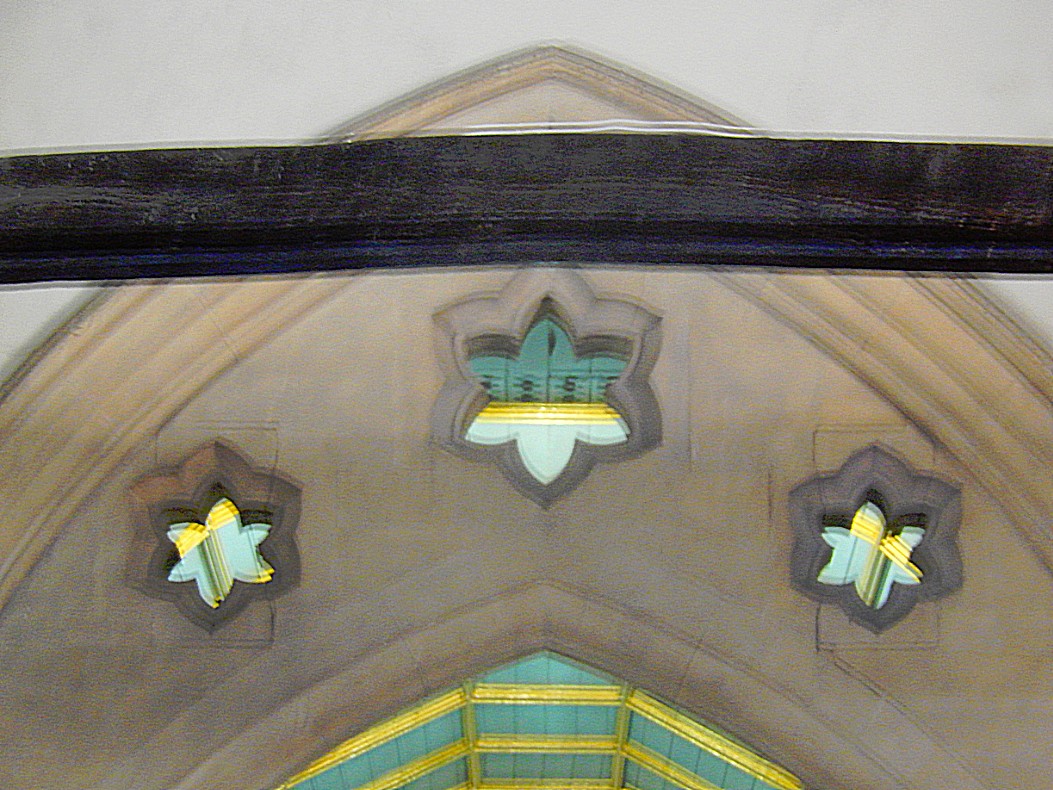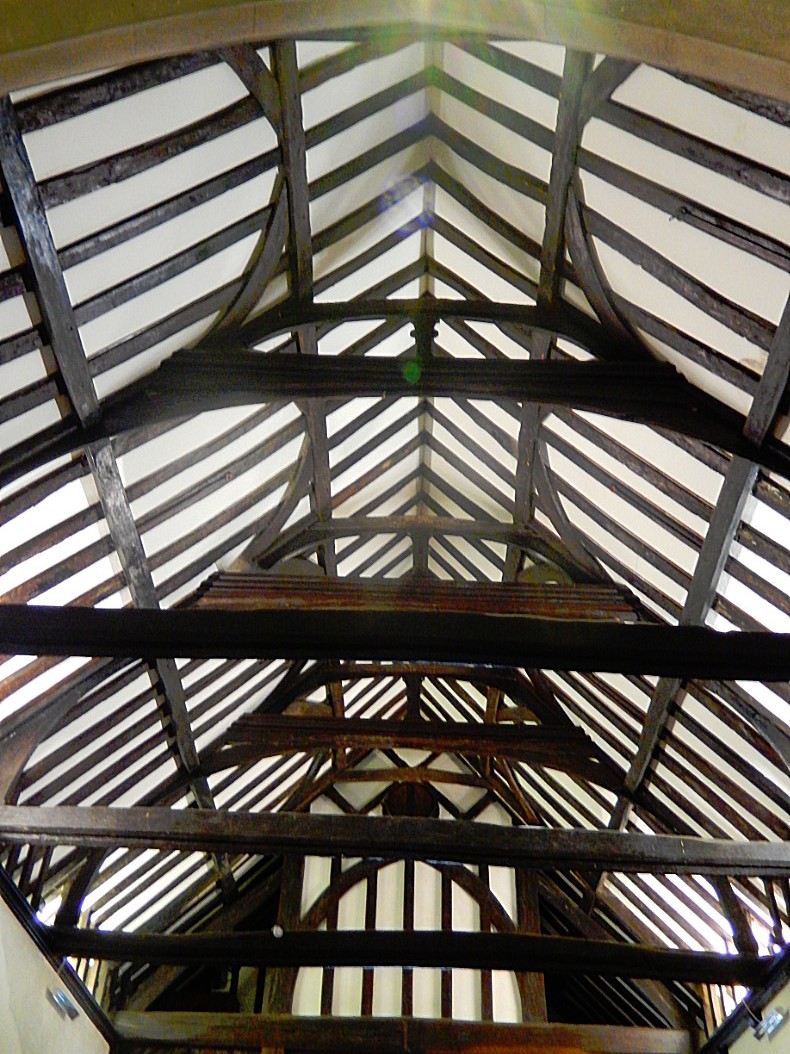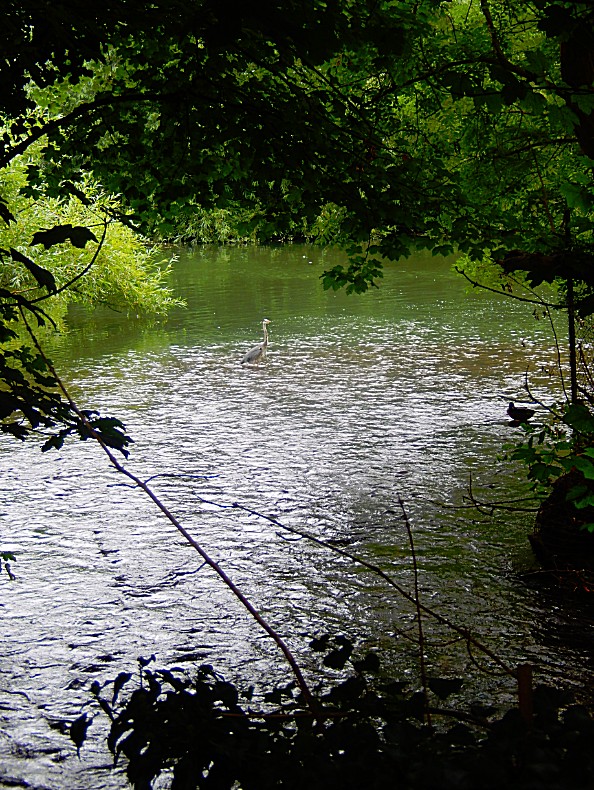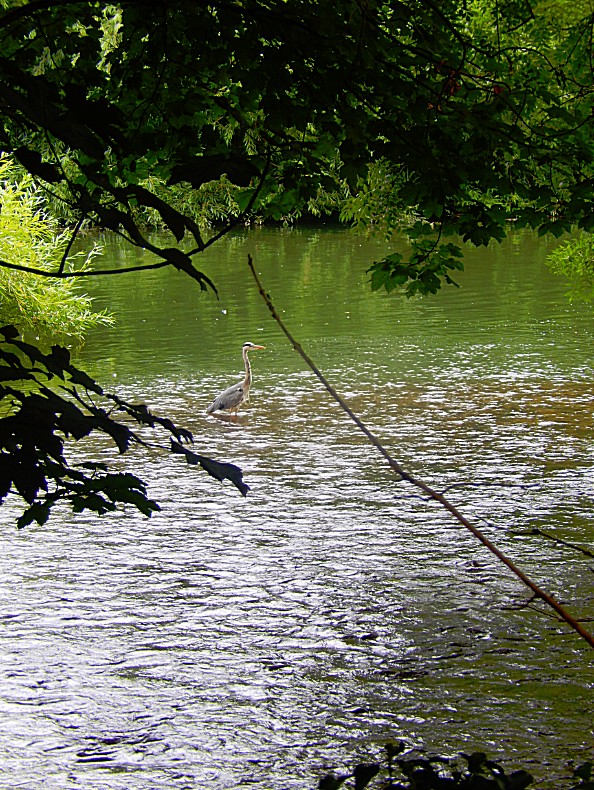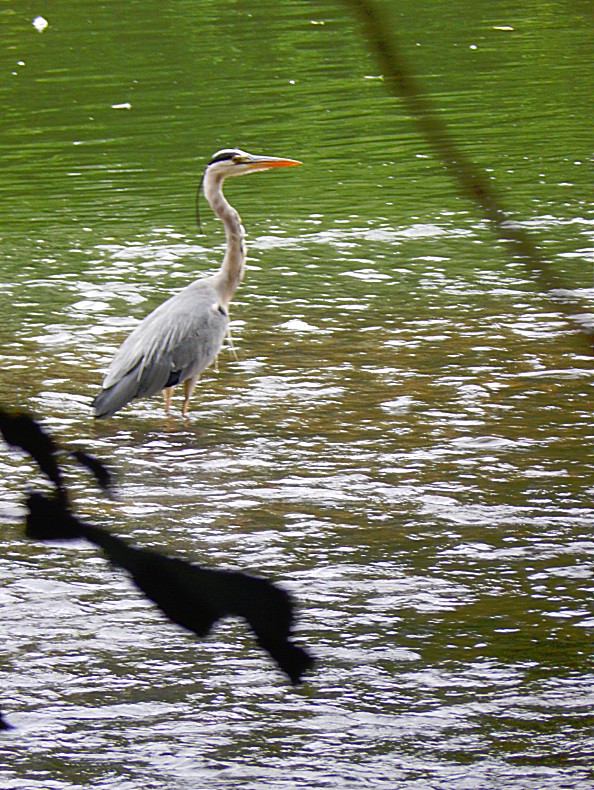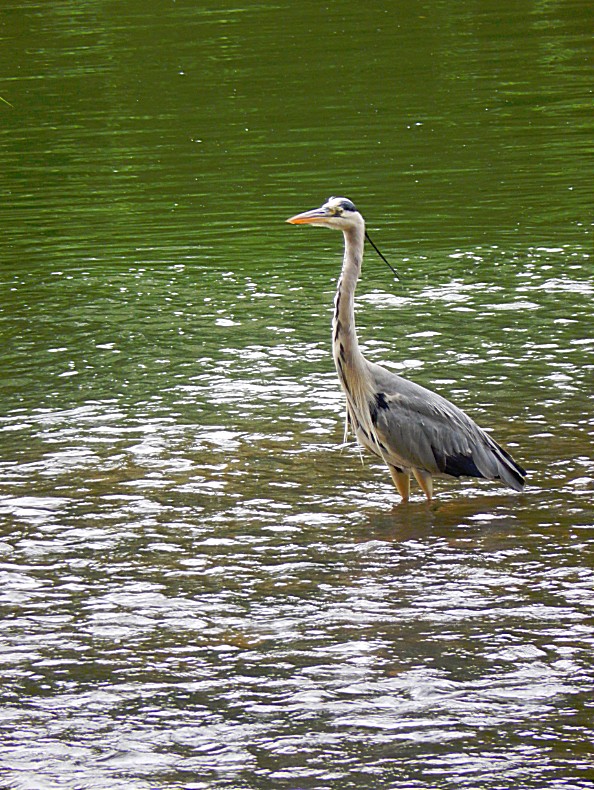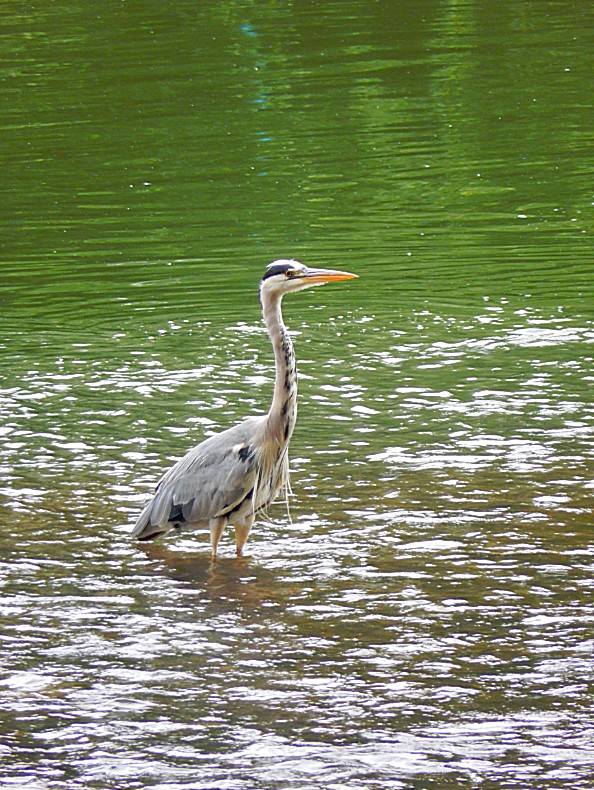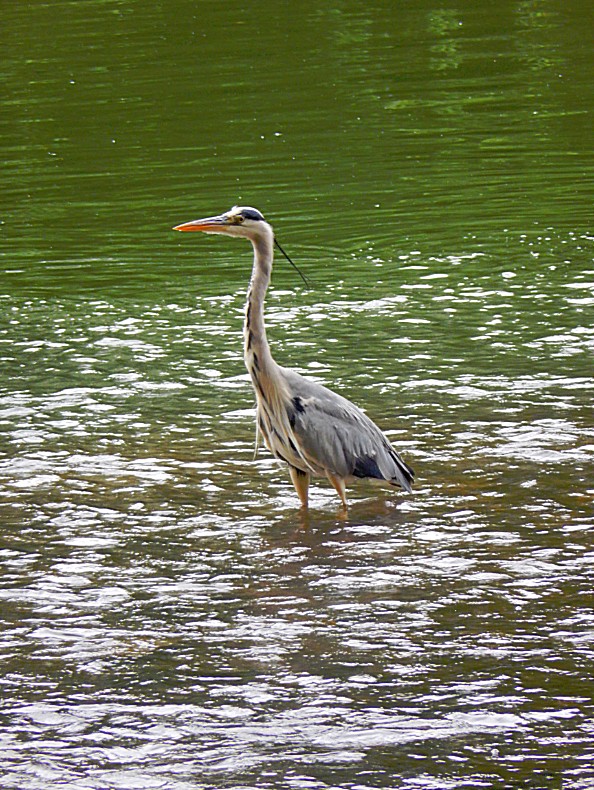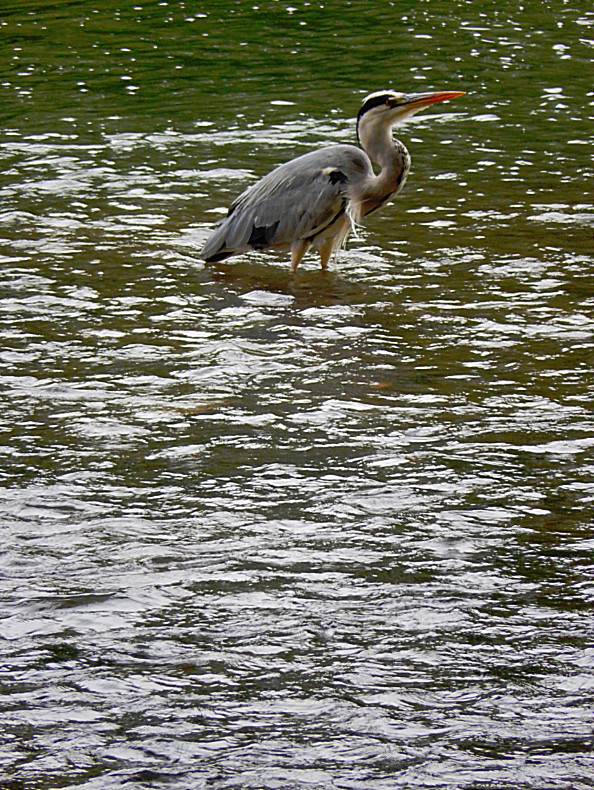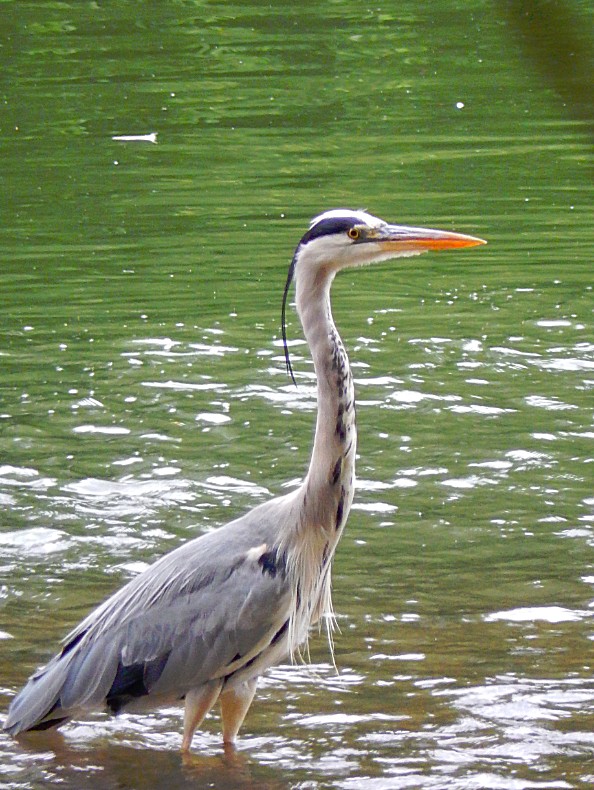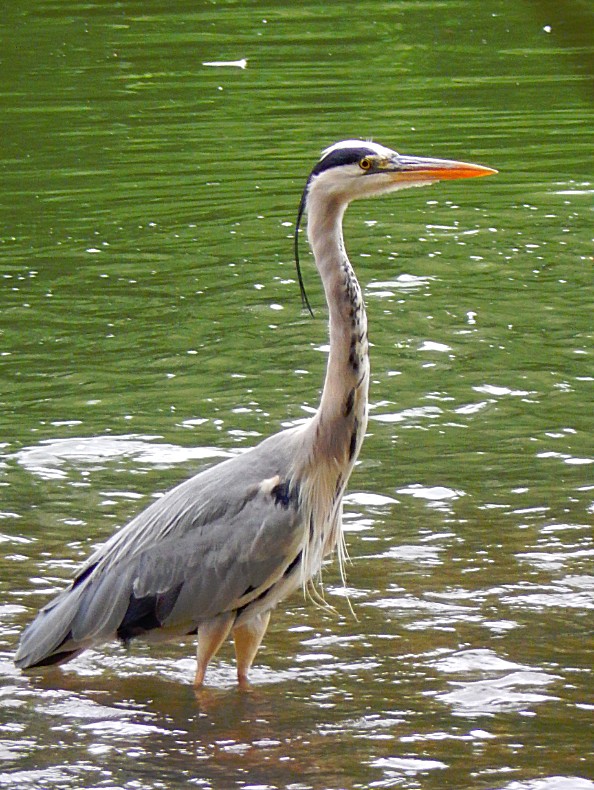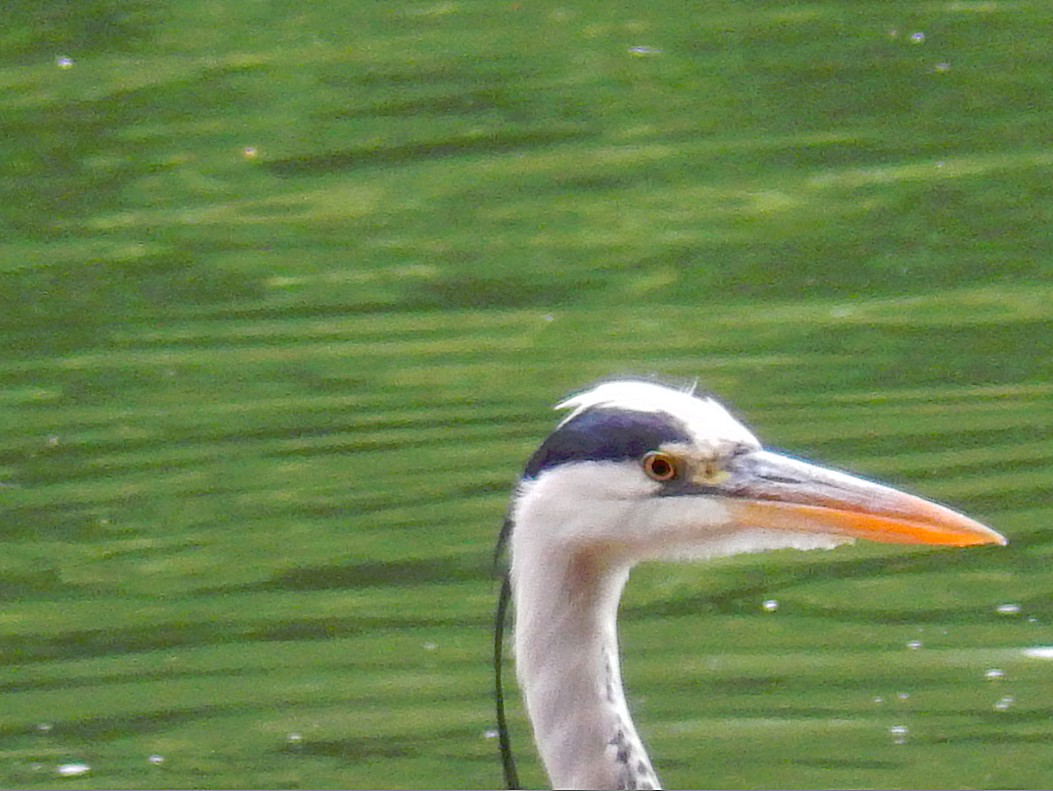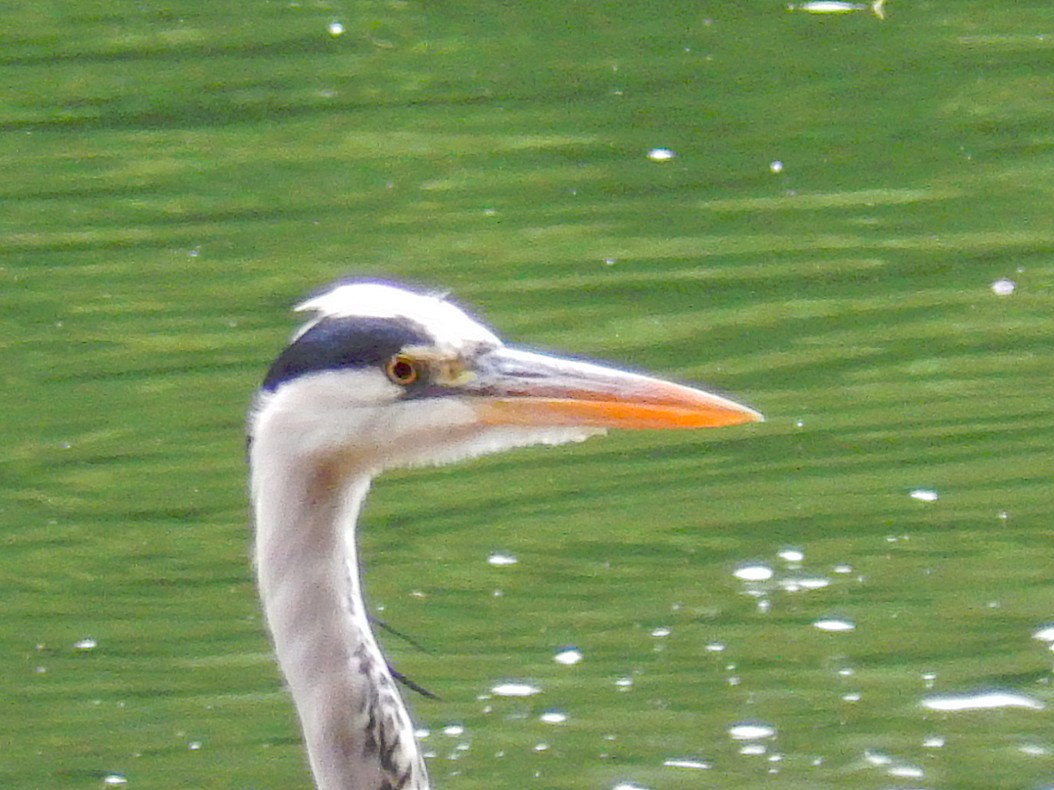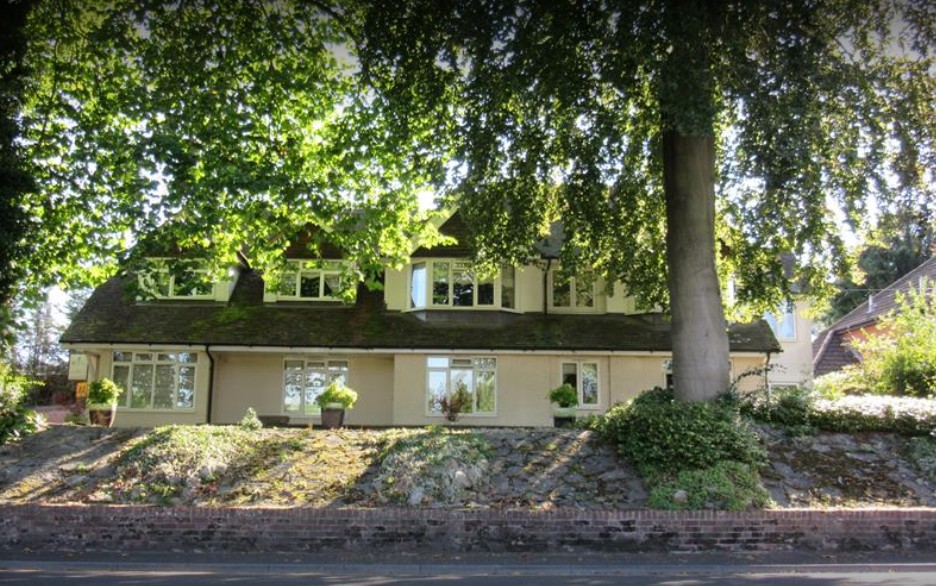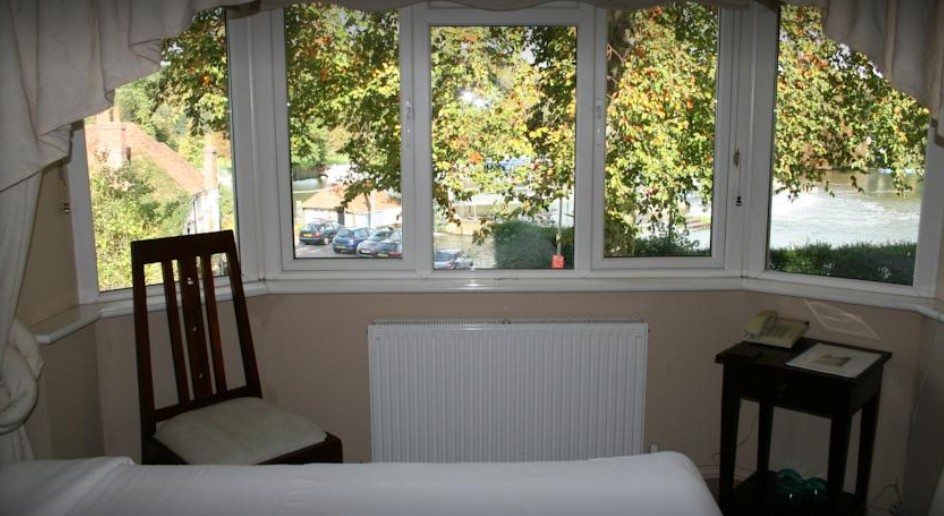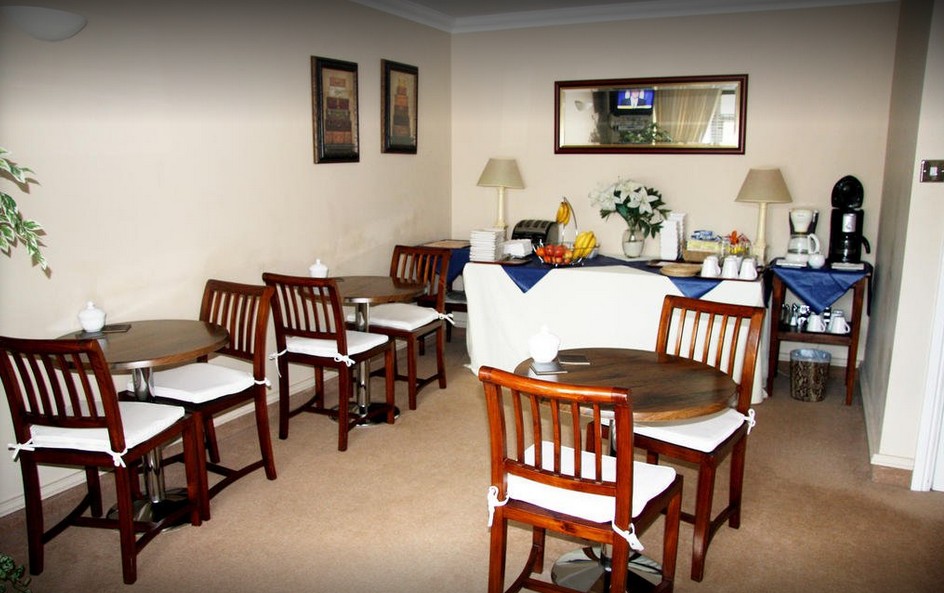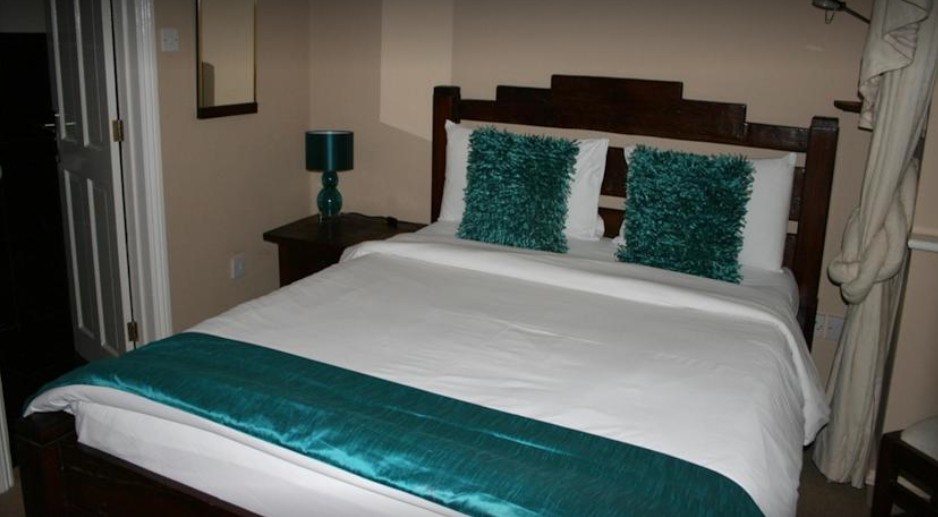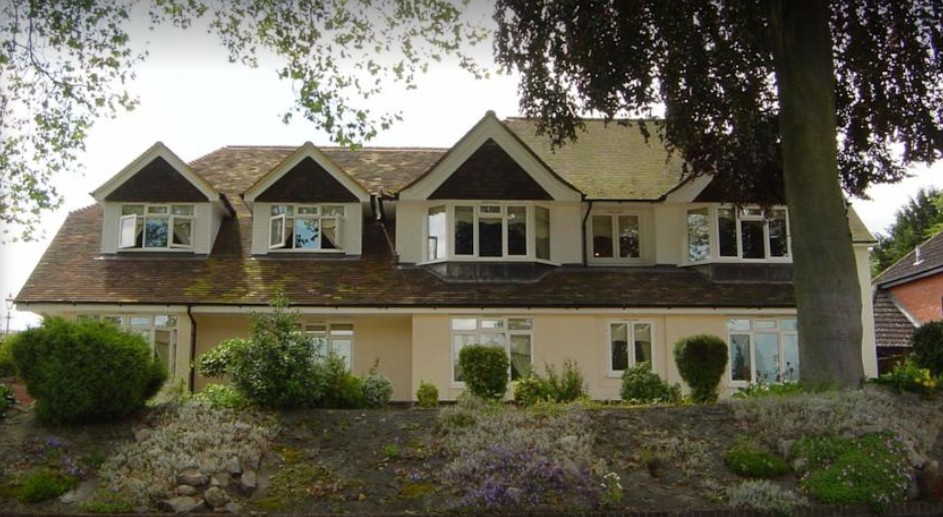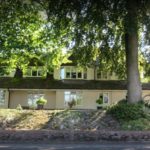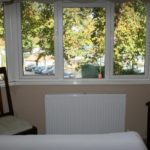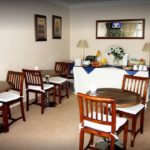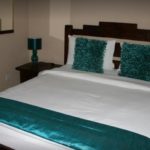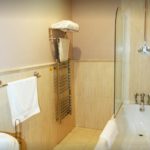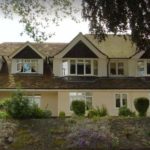Thamespath long distance walk 3: Whitchurch-on-Thames
The day began a bit greyish. Very early, after a nice breakfast at the Weir View House, The Wandelgek walked a tiny piece of the Thames path towards Whitchurch-on-Thames on the other side of the river.
The bridge across the Thames is actually a toll bridge, but only cars pay toll, pedestrians can cross free of charge. There are only two toll bridges left that cross the Thames. The original Whitchurch Toll Bridge between Whitchurch and Pangbourne was built in 1792. The current structure, still privately owned, is the fourth on the site, the bridge having been reconstructed in 1853, 1902 and 2014. The current toll for a car to cross is 60 pence.
When walking here, it quite obvious where Wind in the Willows was inspired upon. I mean, this is exactly like the river landscape from the book. The tiny islets in the river look like Pan Island and at the embankments I almost expected meating Mole or Ratty or even Toad. The beautiful cottages look like Cannery Cottage and there’s of course the weir. Even Toad Hall is inspired partially upon Mapledurham House. When E.H. Shepard visited Pangebourne he walked along the embankments and saw Mapledurham House and Whitchurch and the isles and the weir. He got inspired by this environment too.
Mapledurham House
Mapledurham House is an Elizabethan stately home located in the civil parish of Mapledurham in the English county of Oxfordshire. It is a Grade I listed building, first listed on 24 October 1951. It is also reputed to have been the inspiration for E. H. Shepard’s illustrations of Toad Hall for Kenneth Grahame’s The Wind in the Willows, although this is also claimed by Hardwick House.
Whitchurch-on-Thames
Whitchurch-on-Thames is a village and civil parish on the Oxfordshire bank of the River Thames, about 5.5 miles (9 km) northwest of Reading, Berkshire, in close proximity to Whitchurch Hill. Opposite Whitchurch on the Berkshire bank is the village of Pangbourne.
Immediately after crossing the bridge you’ll find a small path to the left, leaving the road and leading towards the historic part of beautiful Whitchurch. First the Thames path leads by the pretty church cottages…
A small path between walls led to the church of Saint Mary…
The Wandelgek walked across the lawn in between the grave stones towards the beautiful Norman church…
History
The Church of England parish church of Saint Mary was originally Norman, and was altered in the 15th century. In 1858 the Gothic Revival architect Henry Woodyer completely rebuilt the church, retaining only the Norman south door, Perpendicular Gothic south porch and a few other items. The parish is now a member of the Langtree Team Ministry: a Church of England benefice that includes also the parishes of Checkendon, Ipsden, North Stoke, Stoke Row and Woodcote.
Then The Wandelgek entered the church and he was really impressed by its interior and mostly by its wooden beam ceiling…
Since the 16th century Whitchurch has had a weir and flash lock on the Thames to manage water levels for navigation. In 1787 the flash lock was replaced with a pound lock, Whitchurch Lock.
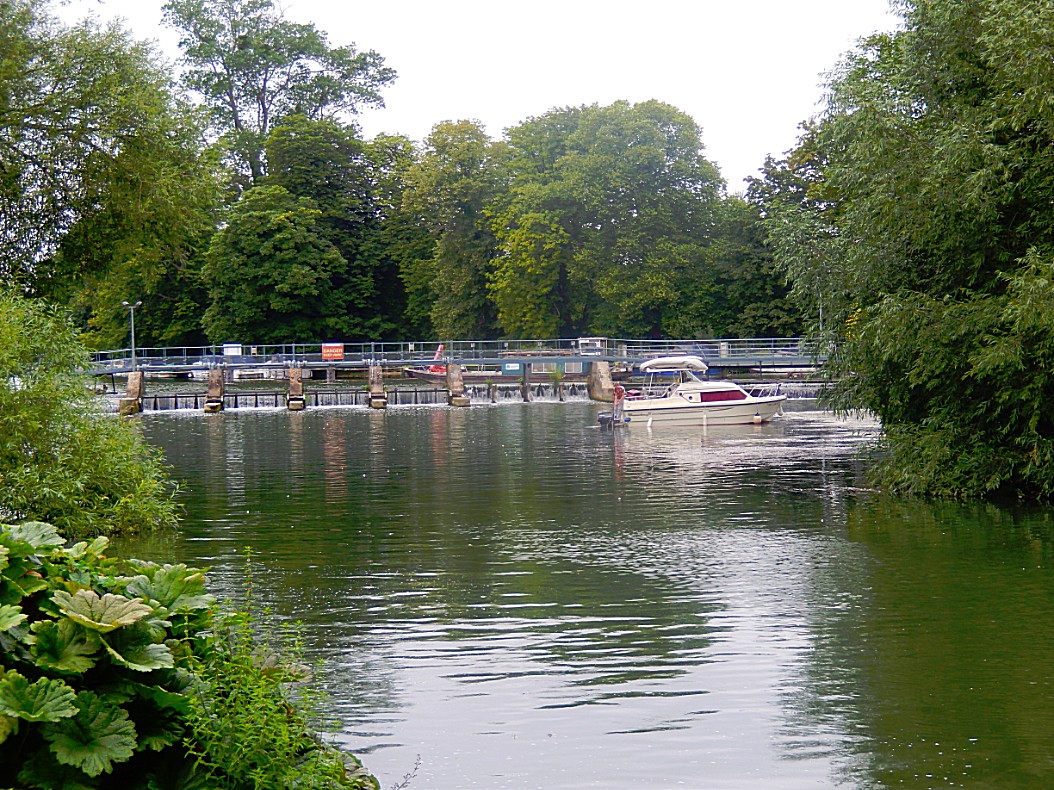
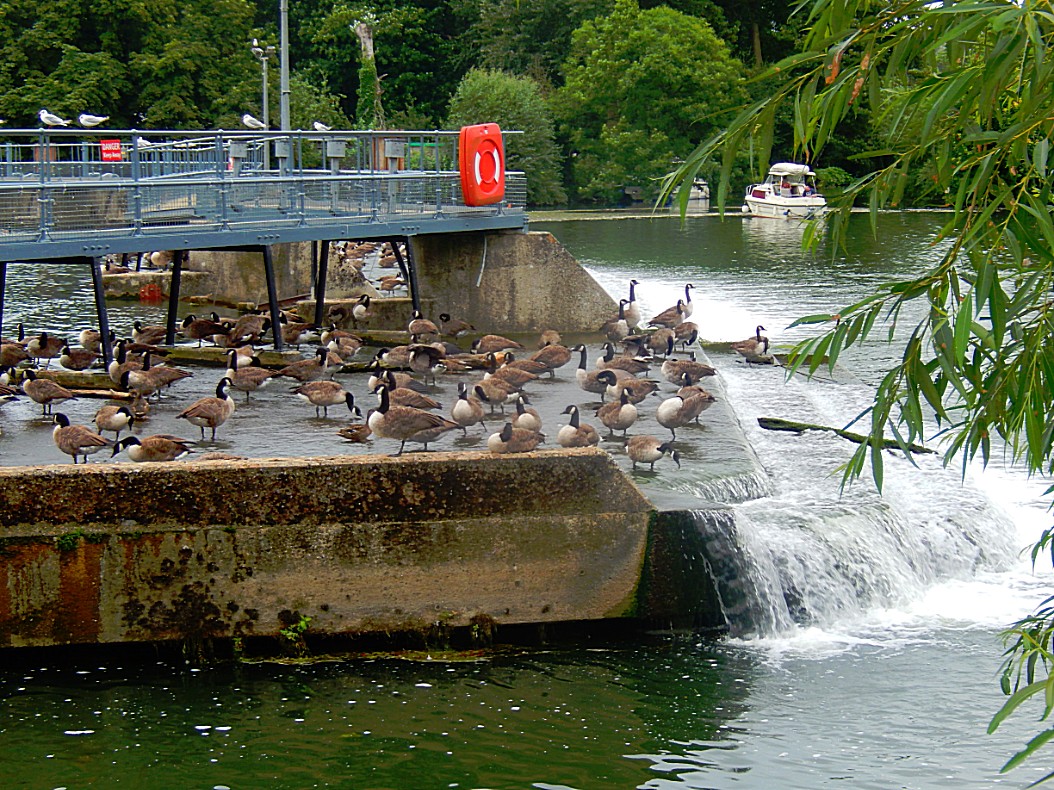
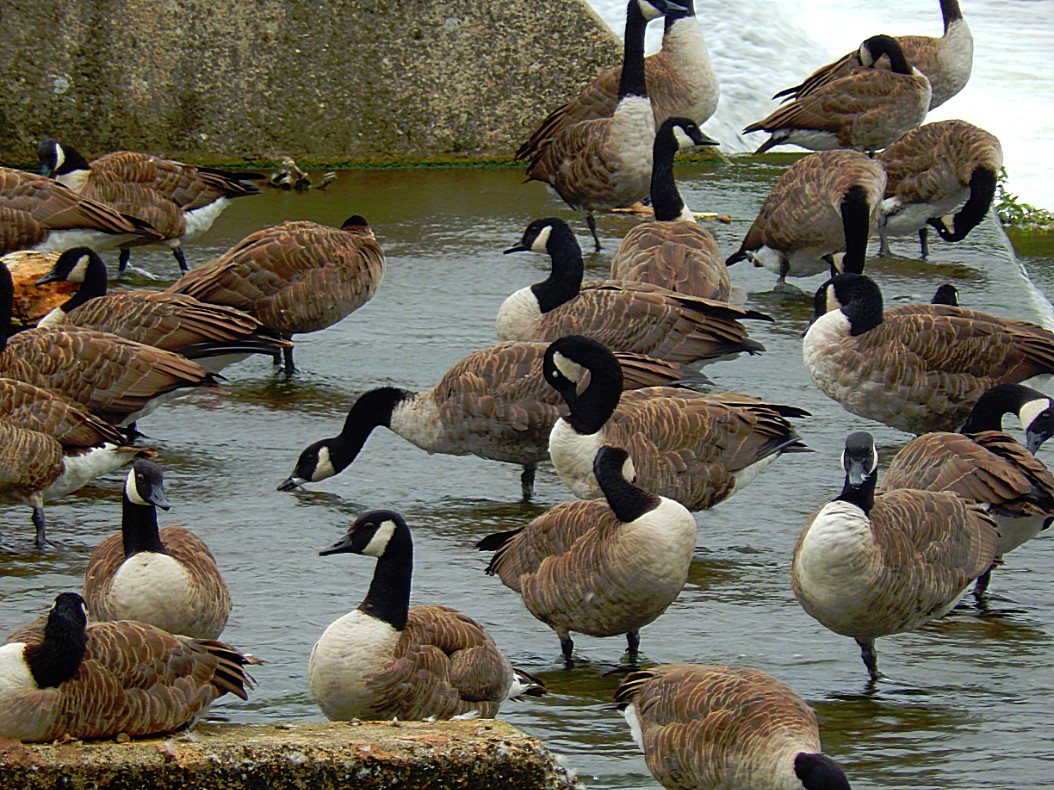
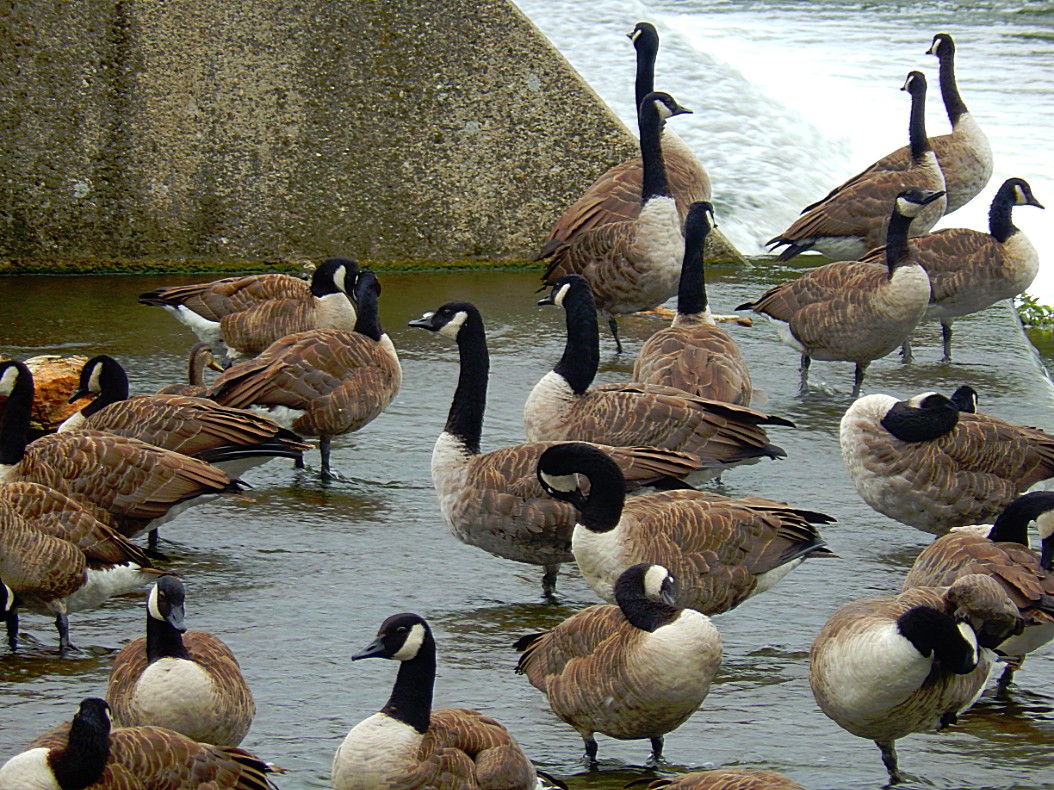
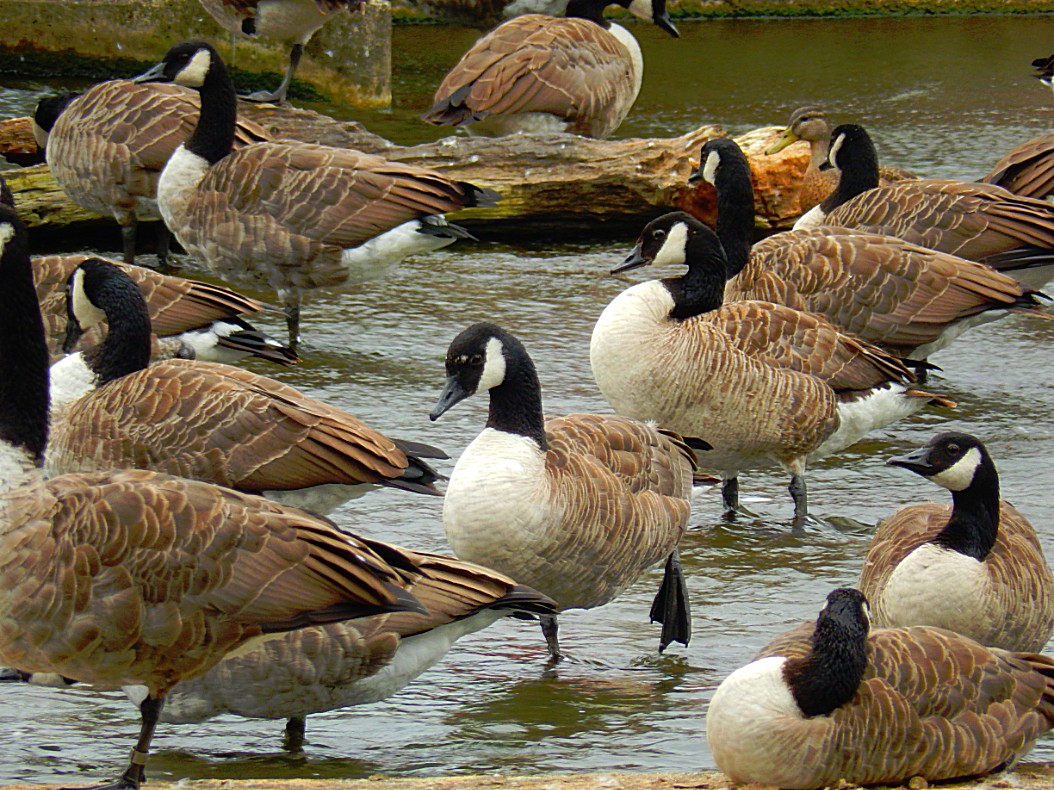 Walking back towards Pangebourne The Wandelgek spotted this beautiful Heron…
Walking back towards Pangebourne The Wandelgek spotted this beautiful Heron…
Then The Wandelgek returned to The Swan public house where the men from Jerome K. Jerome’s Three Men in a Boat, abandoned their adventure and resided at The Swan Inn before getting a train back to London abandon their adventure here in Pangbourne and choose to reside at The Swan Inn before catching a train back to London.
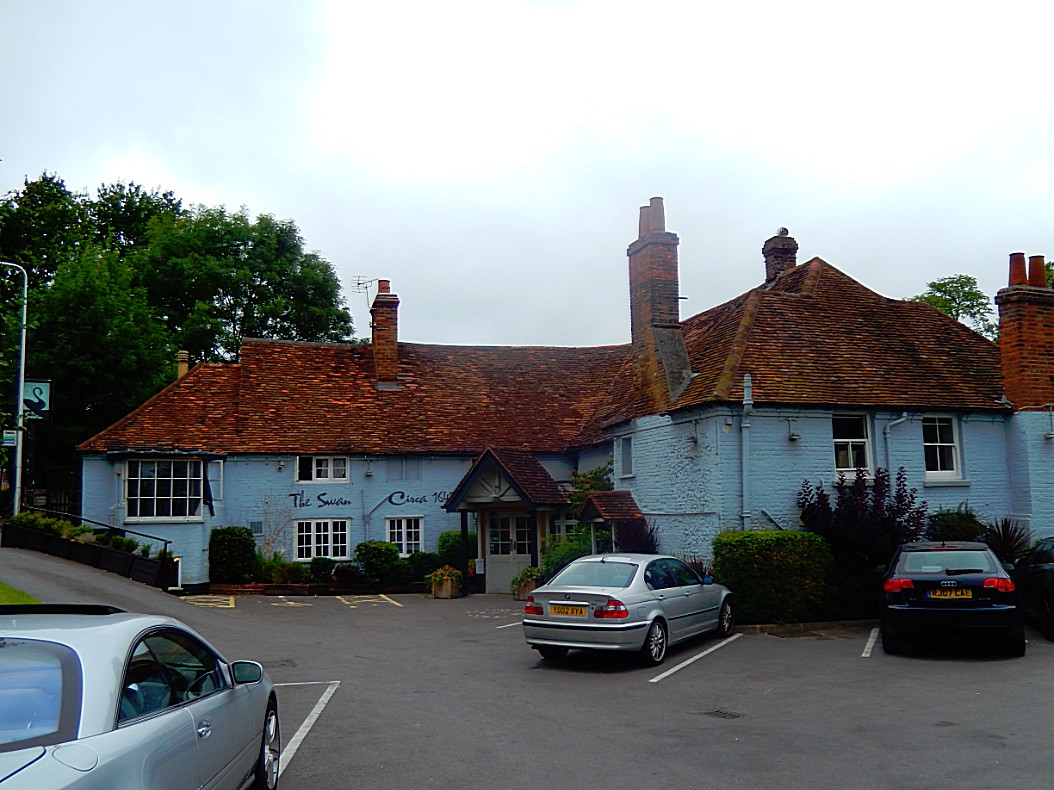
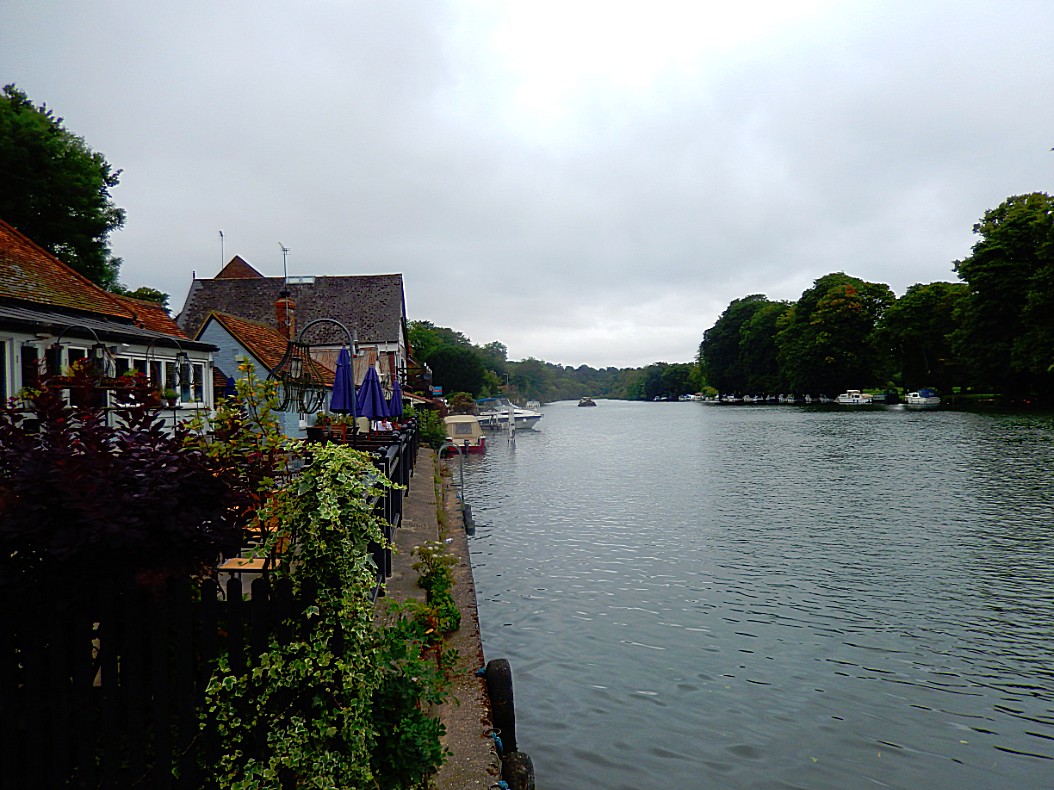 Then The Wandelgek returned to the Weir View House…
Then The Wandelgek returned to the Weir View House…
…and grabbed his backpack. He walked to Pangebourne station and took the train to….. Oxford….

